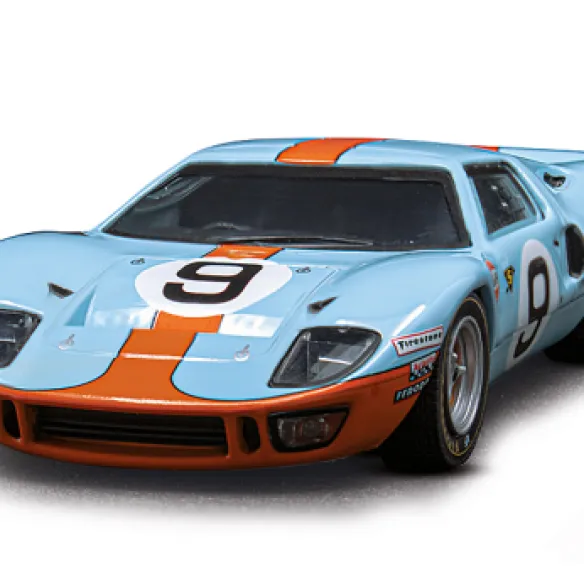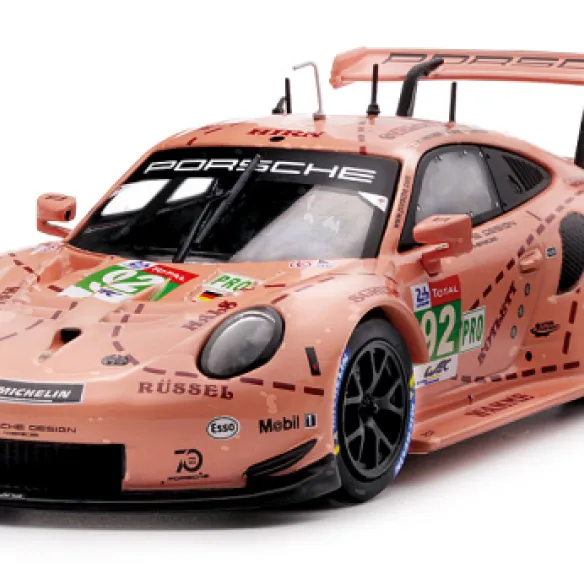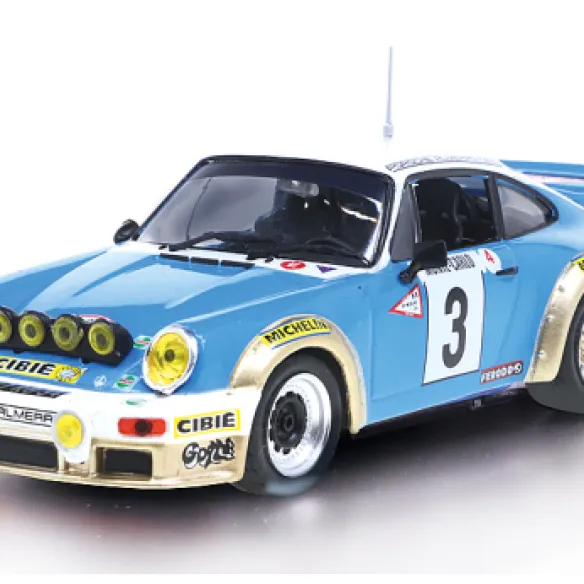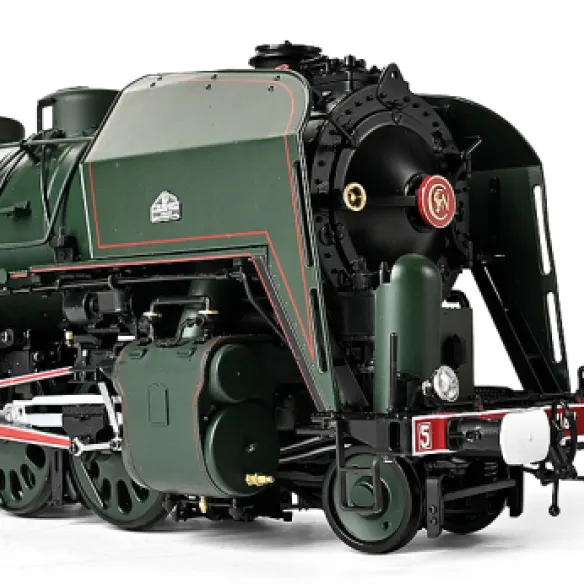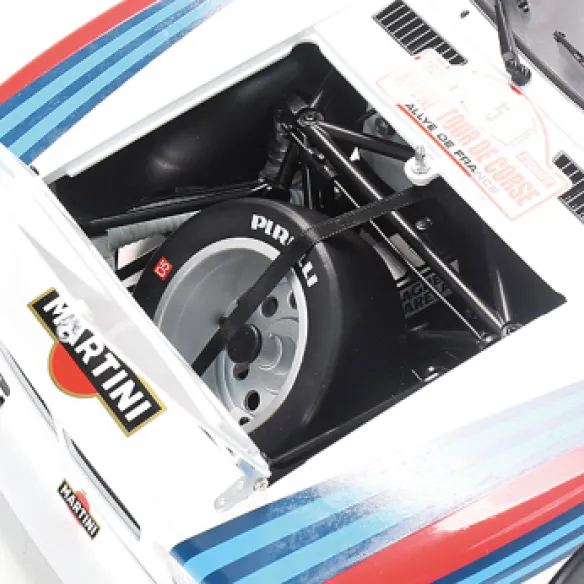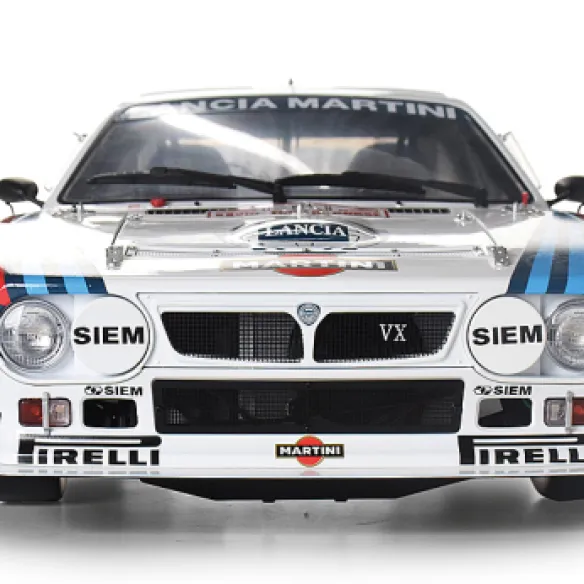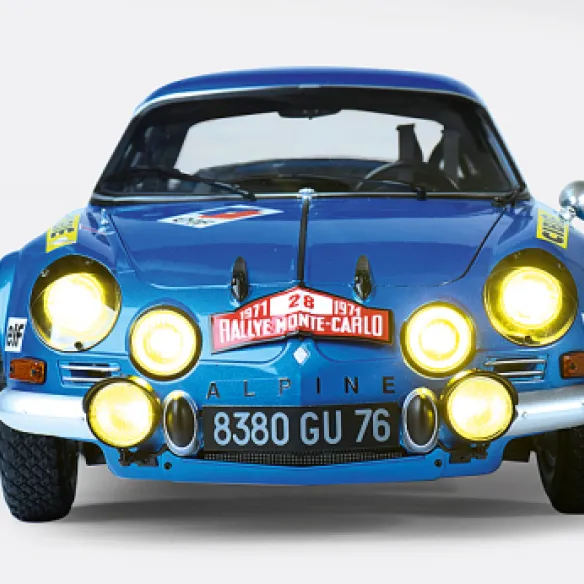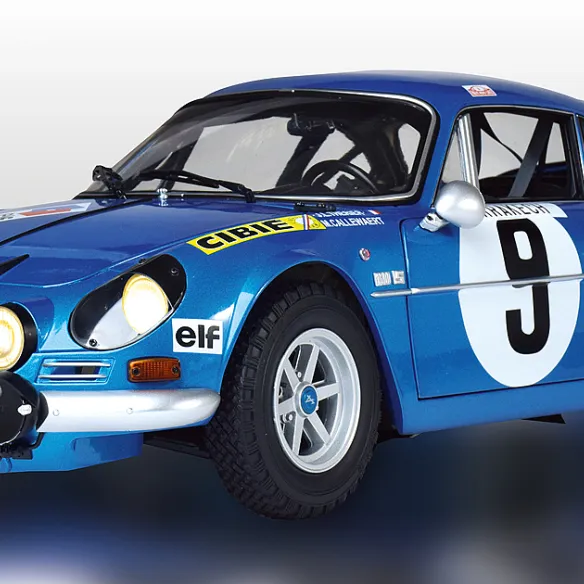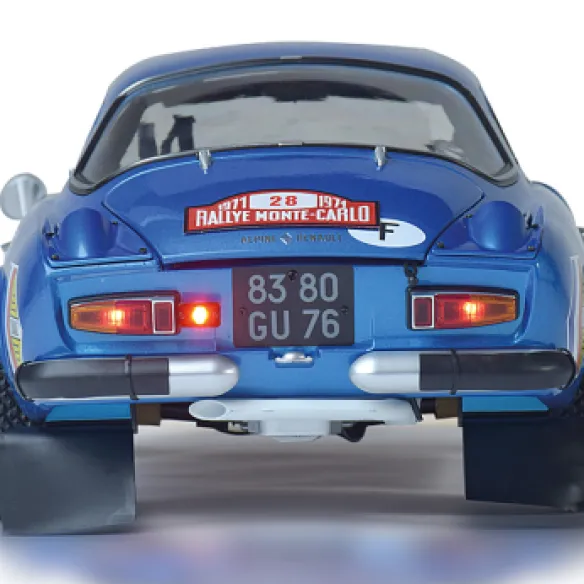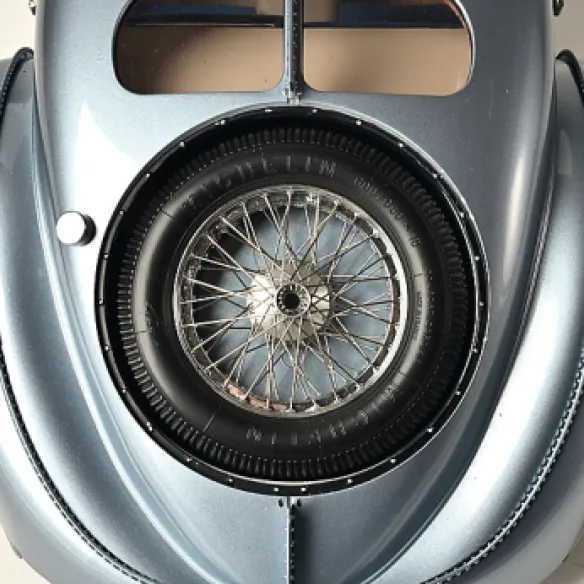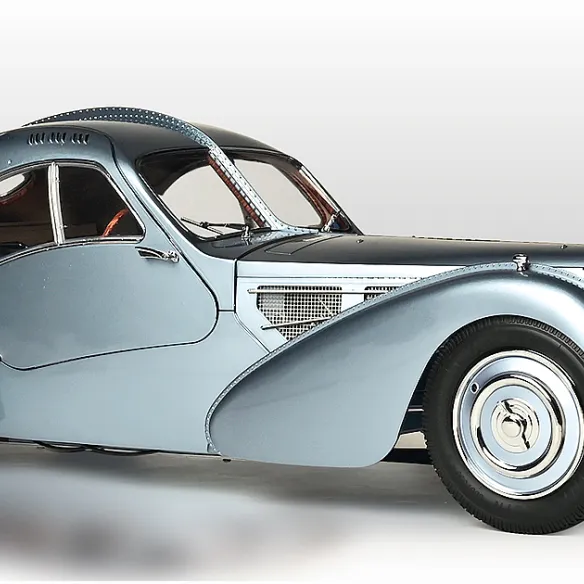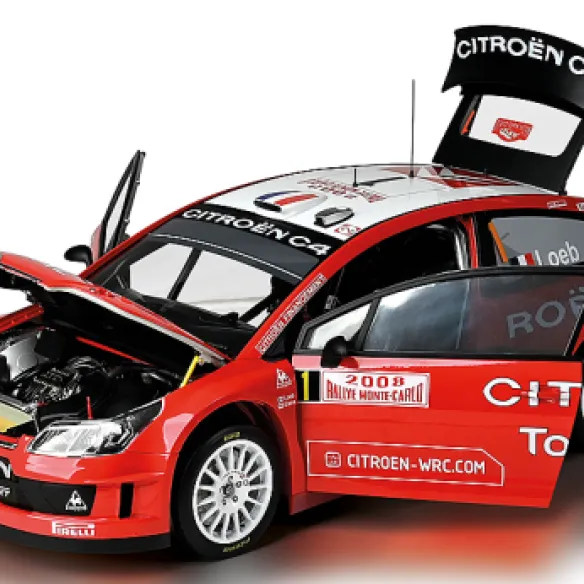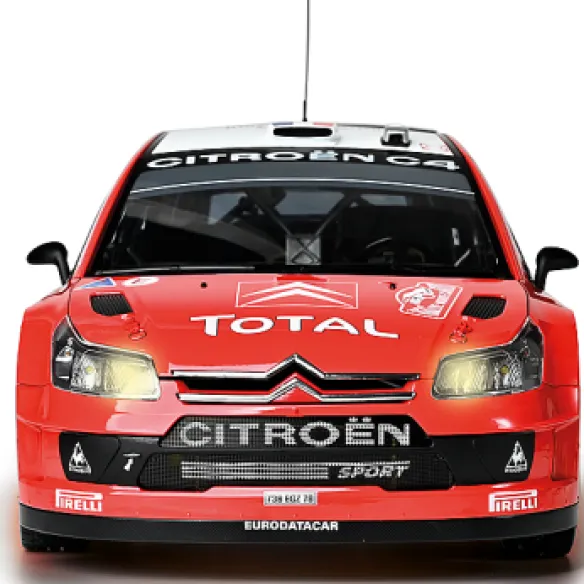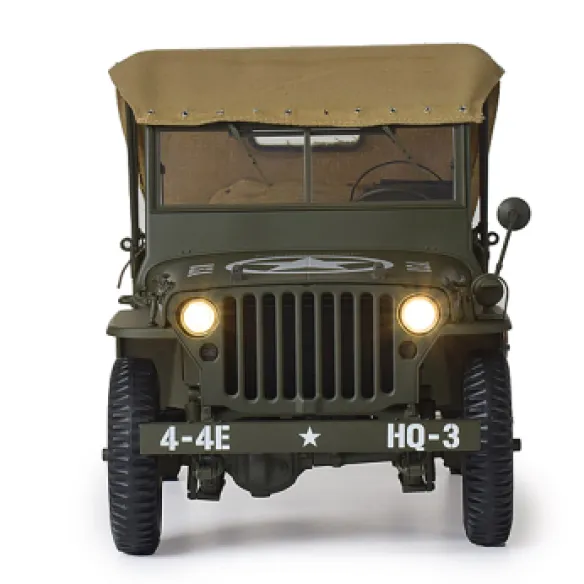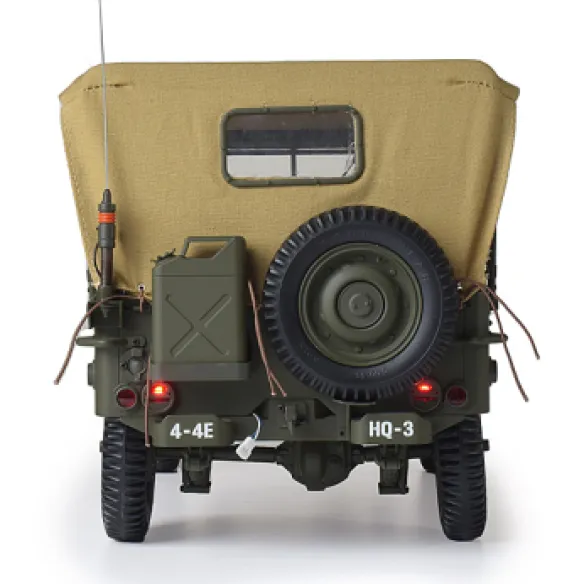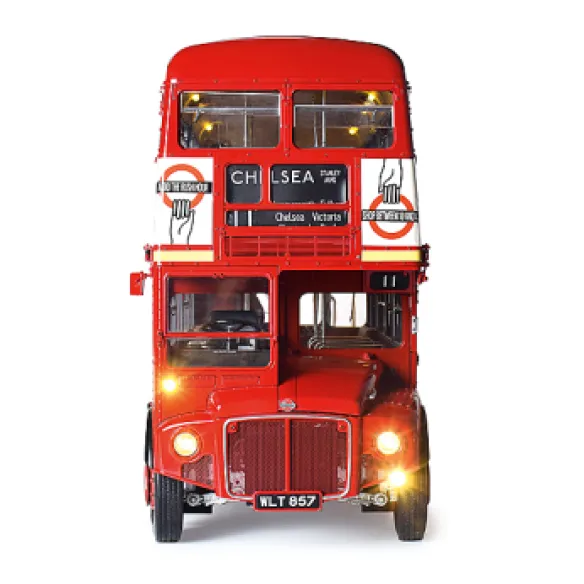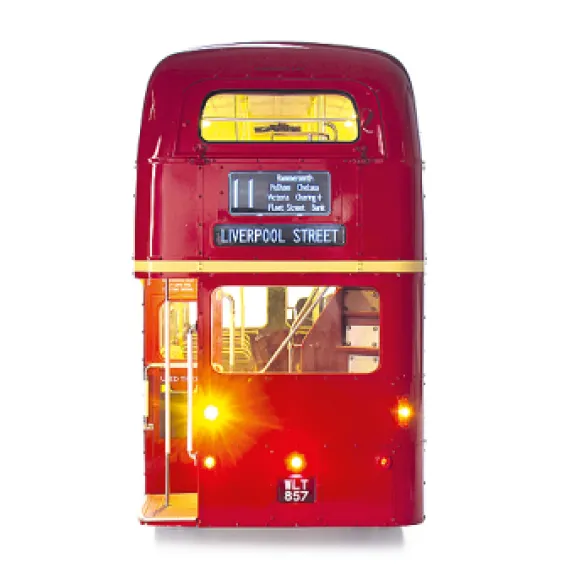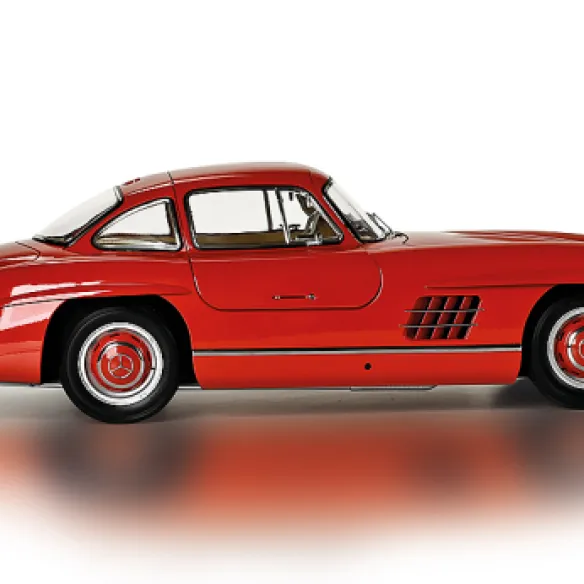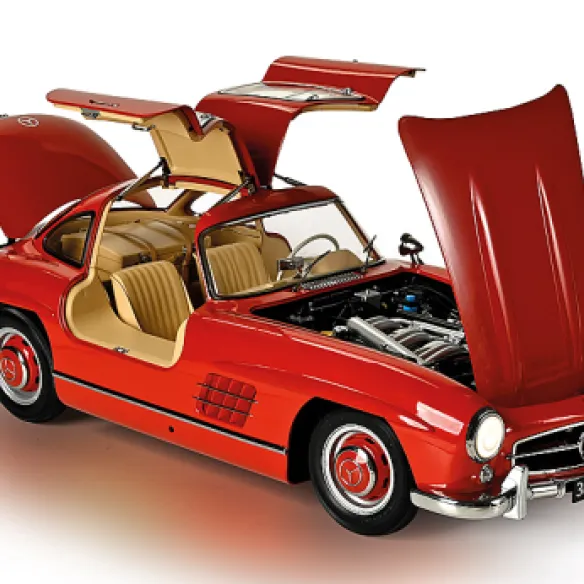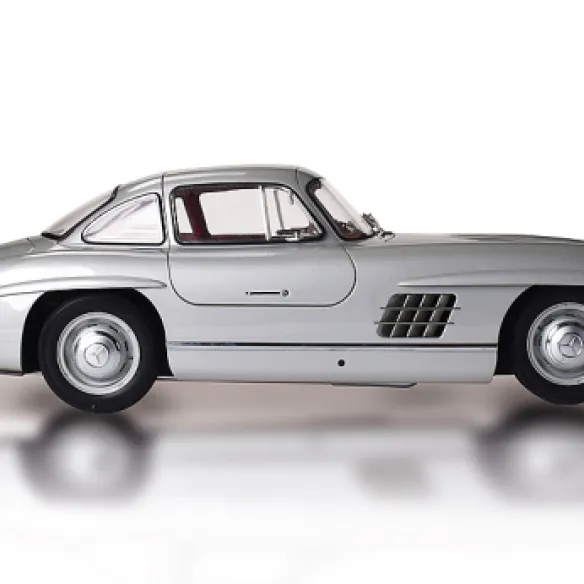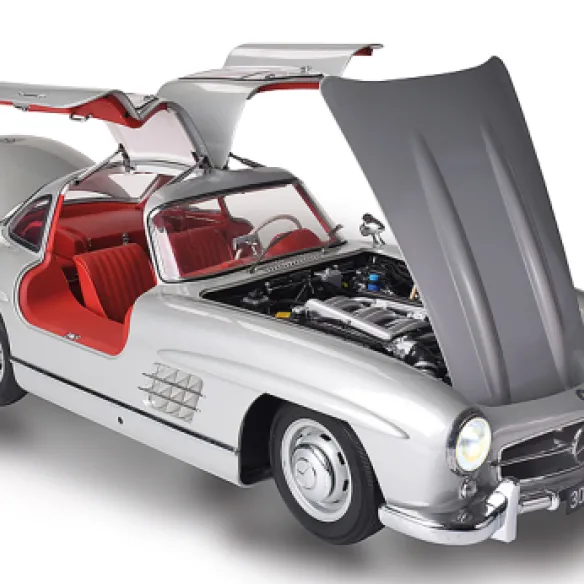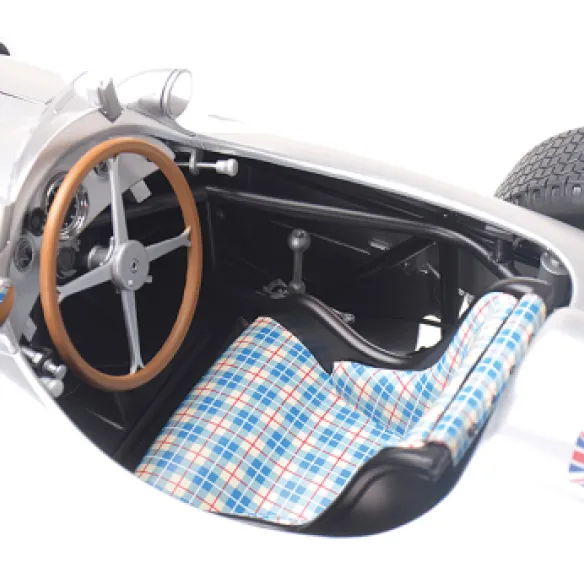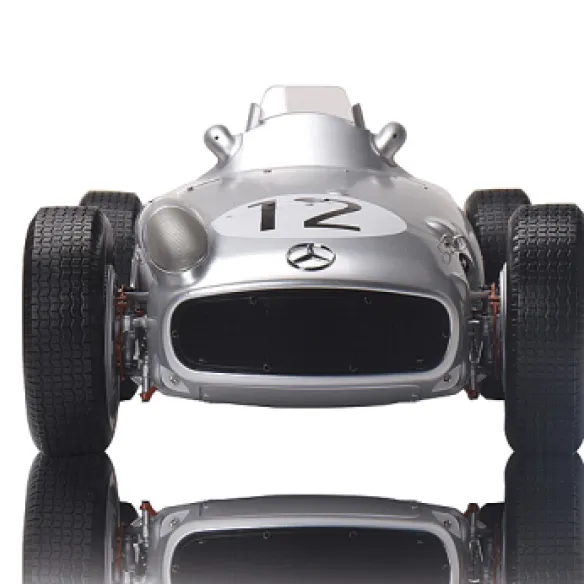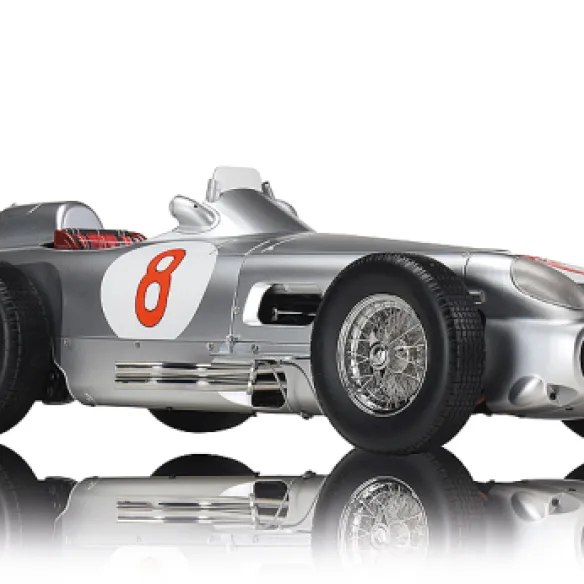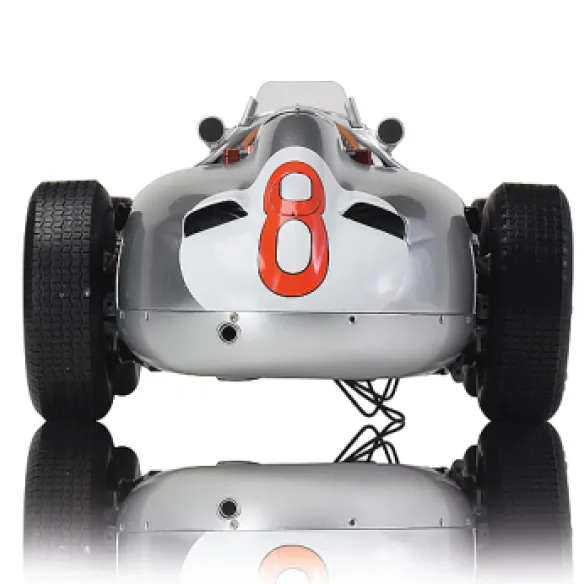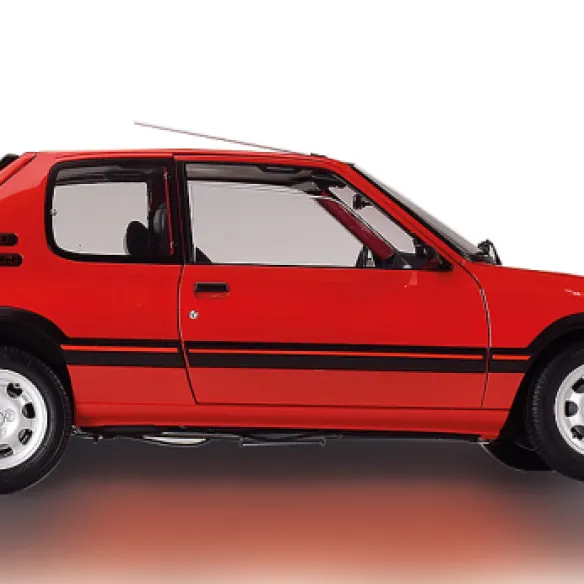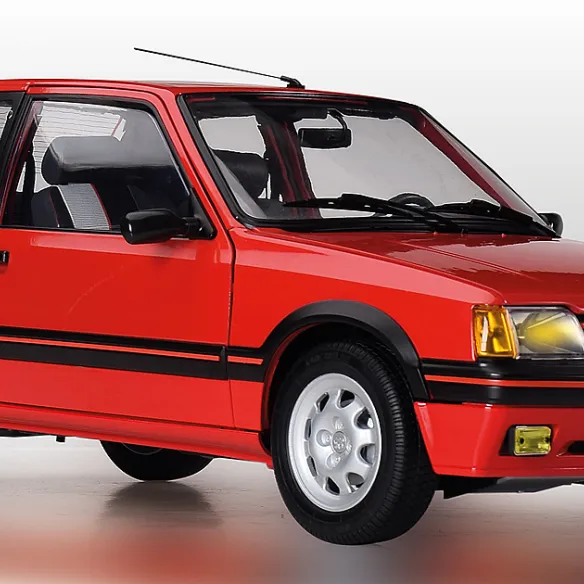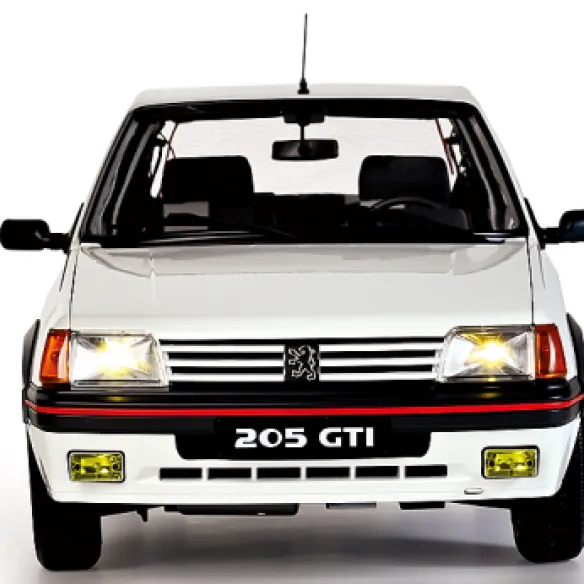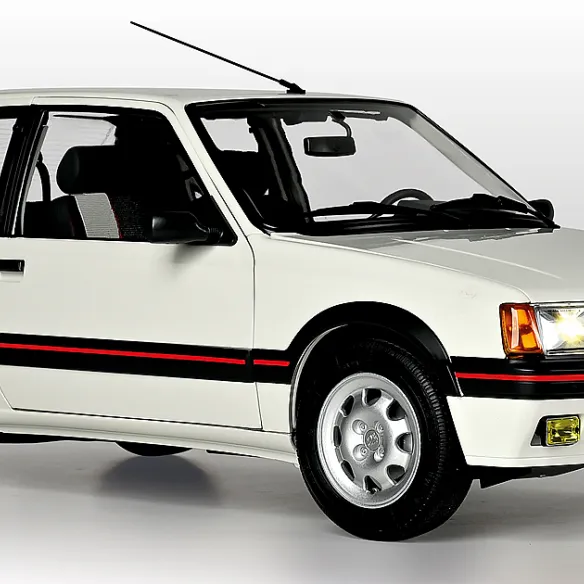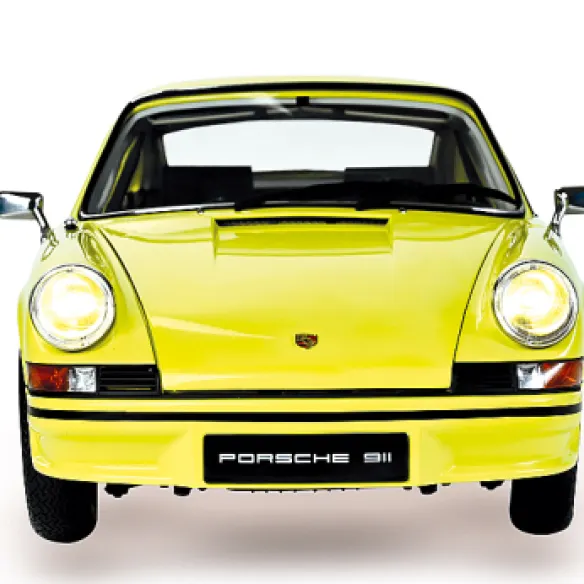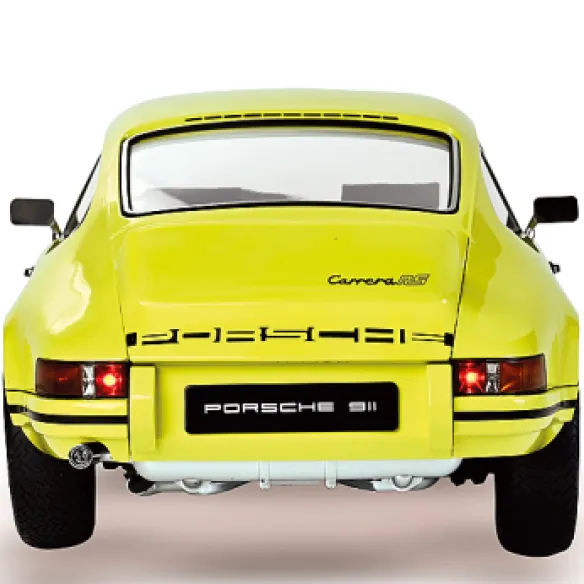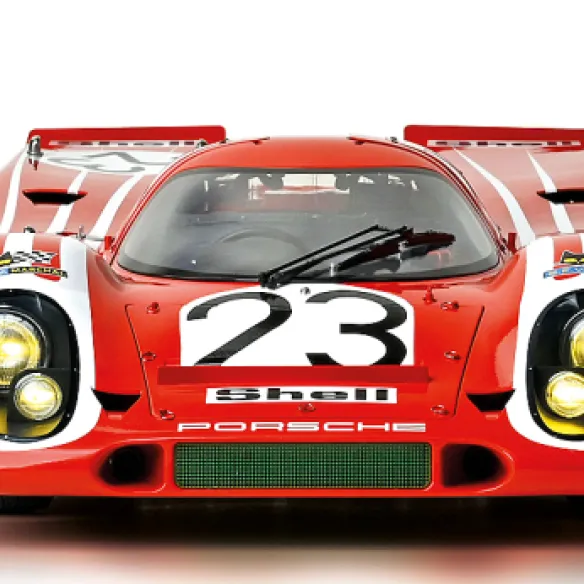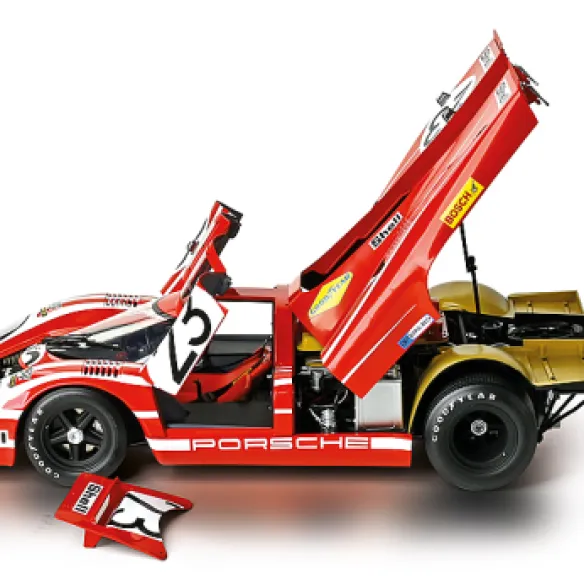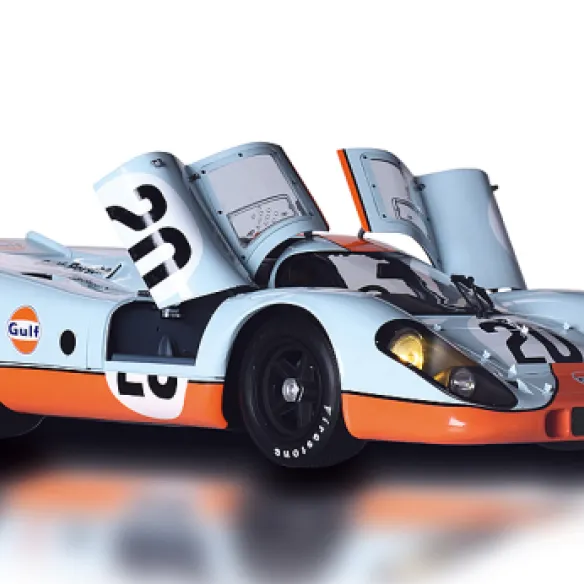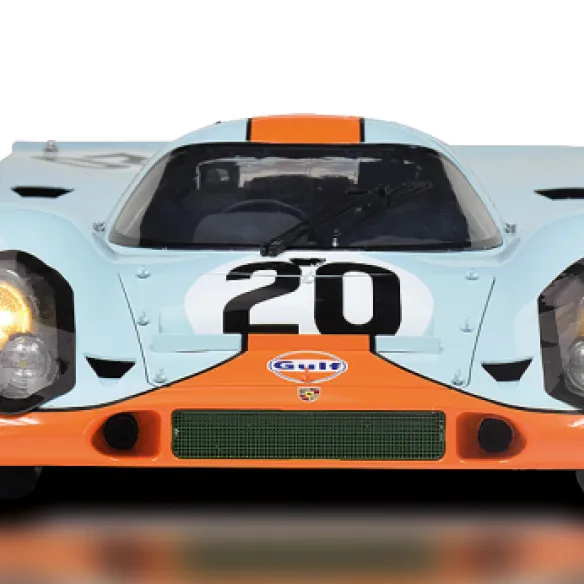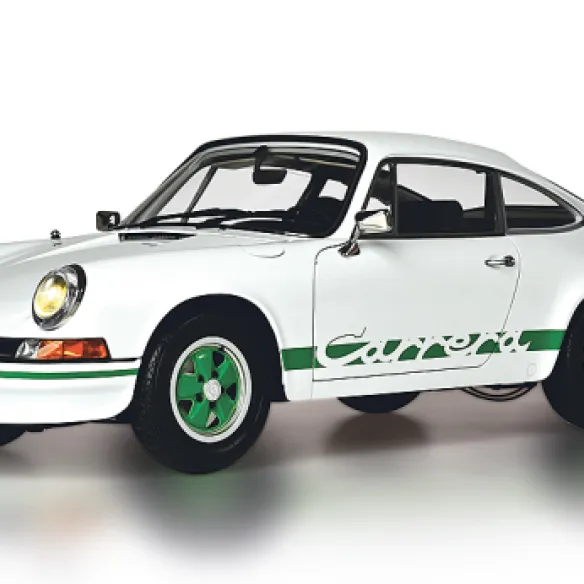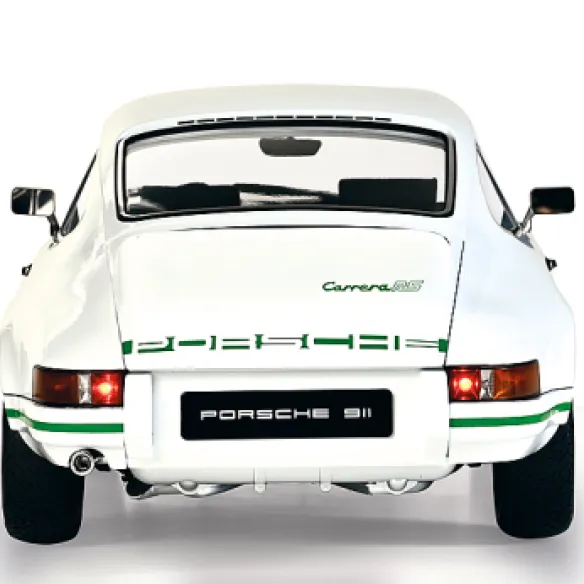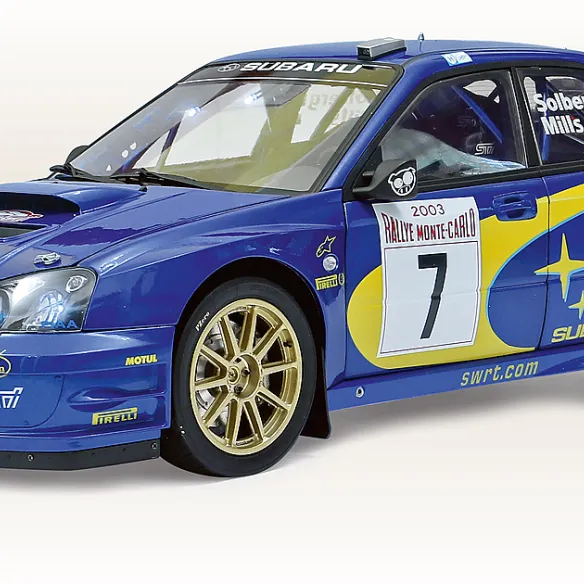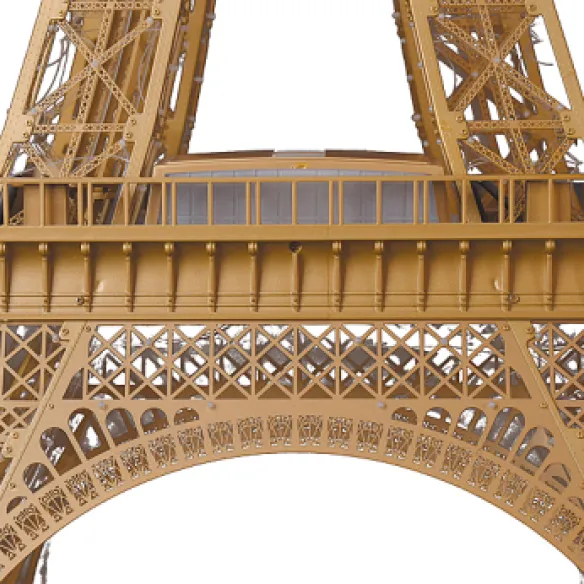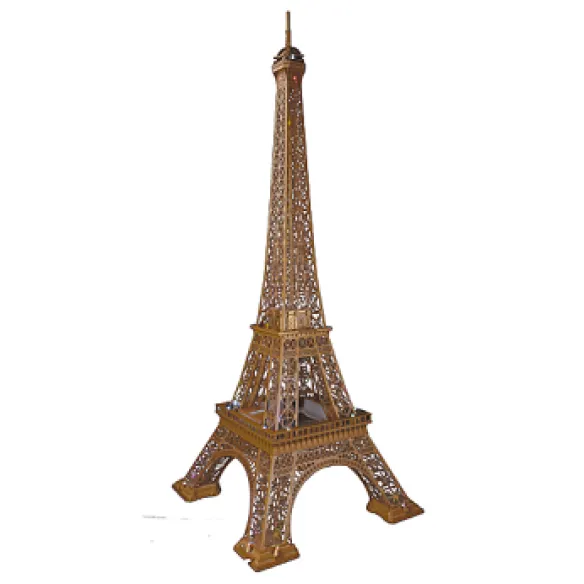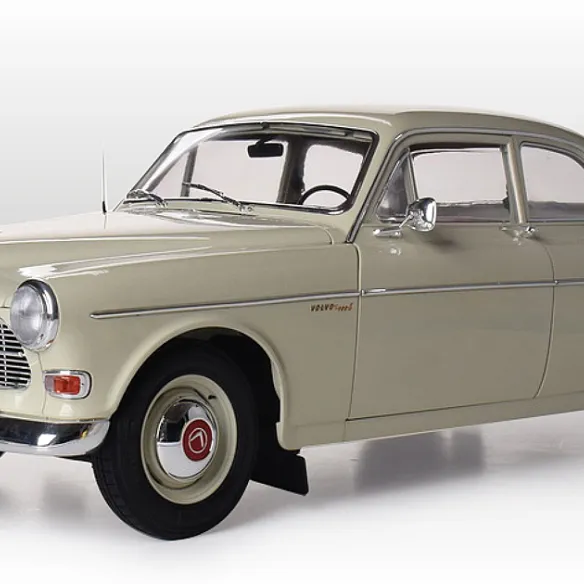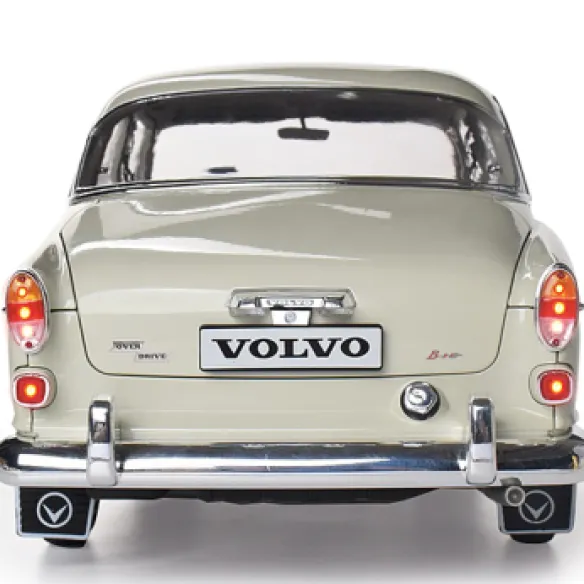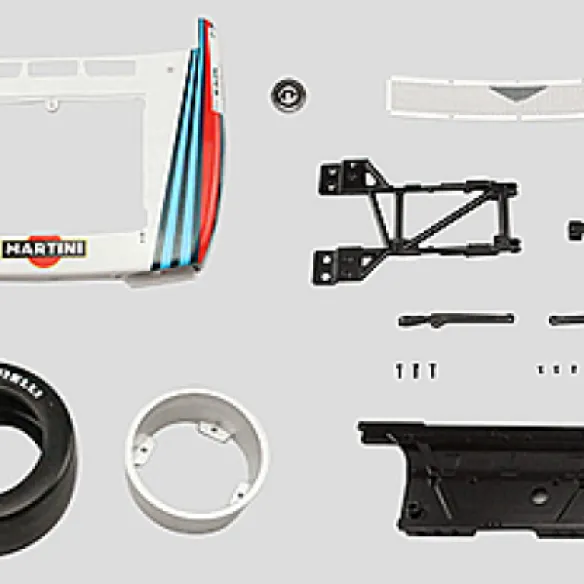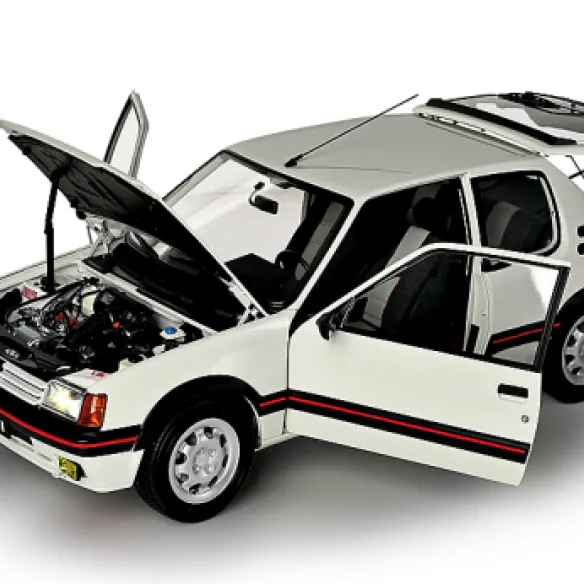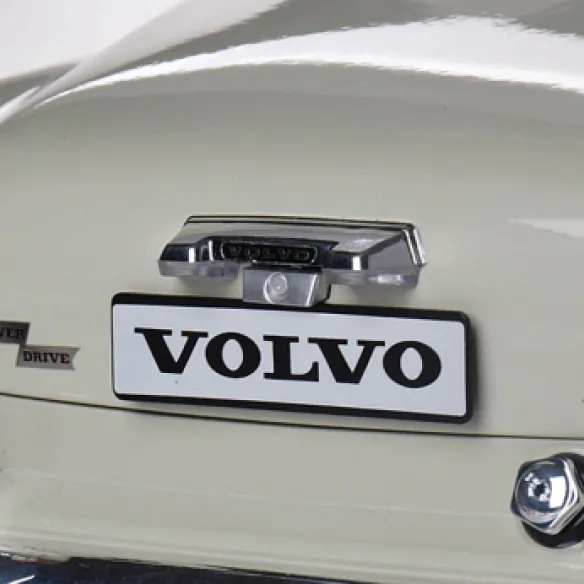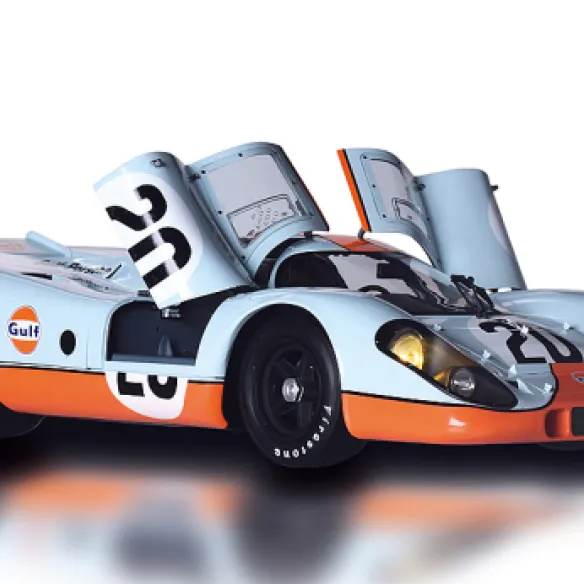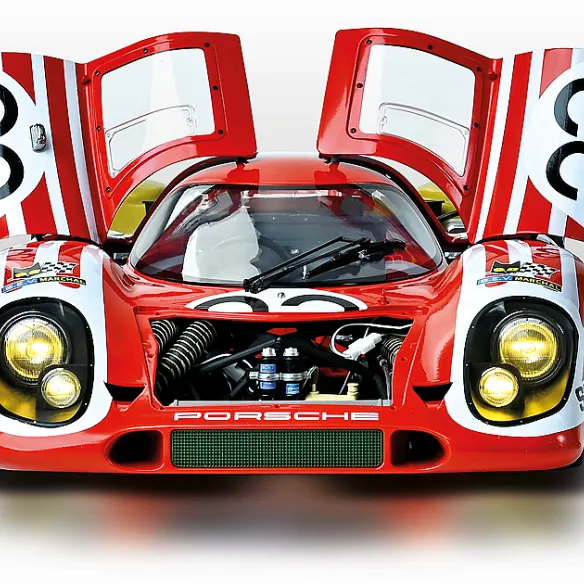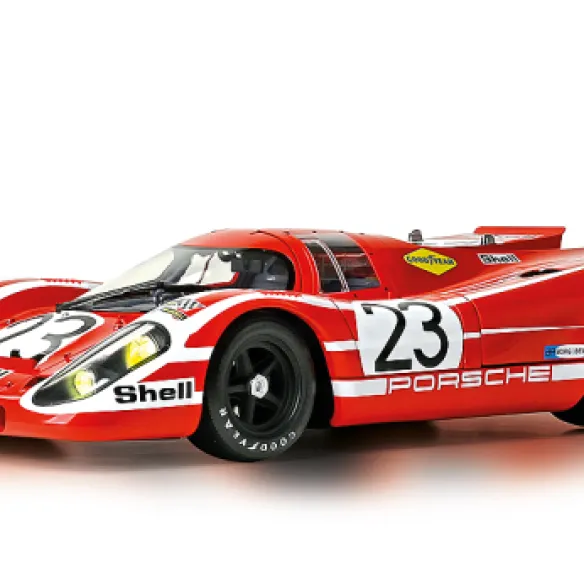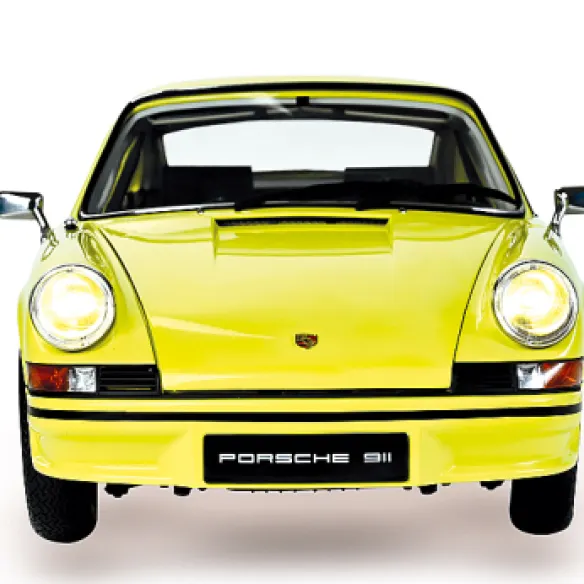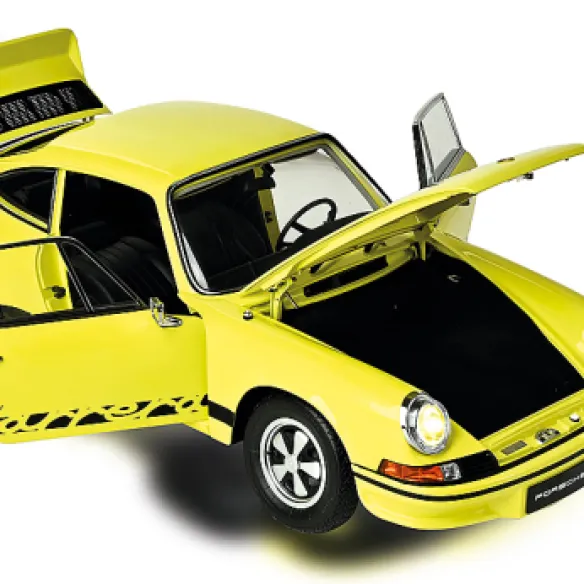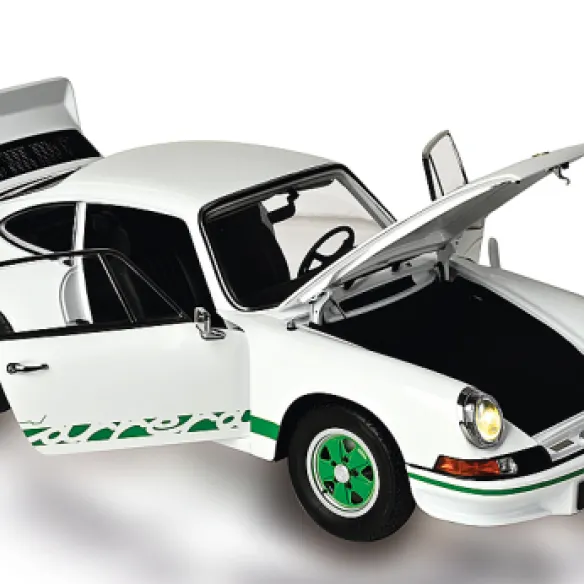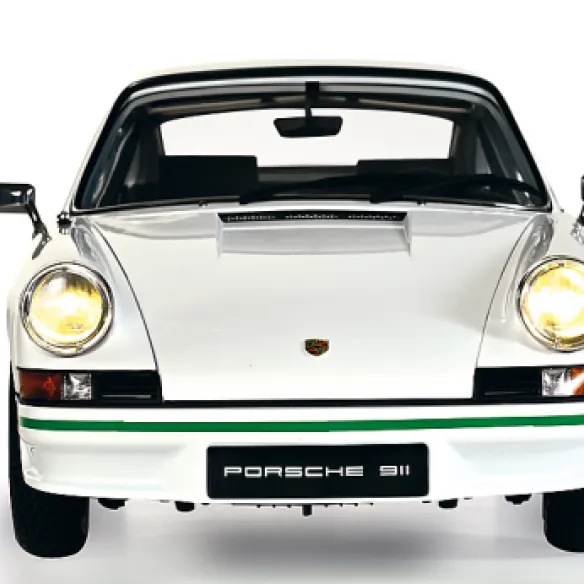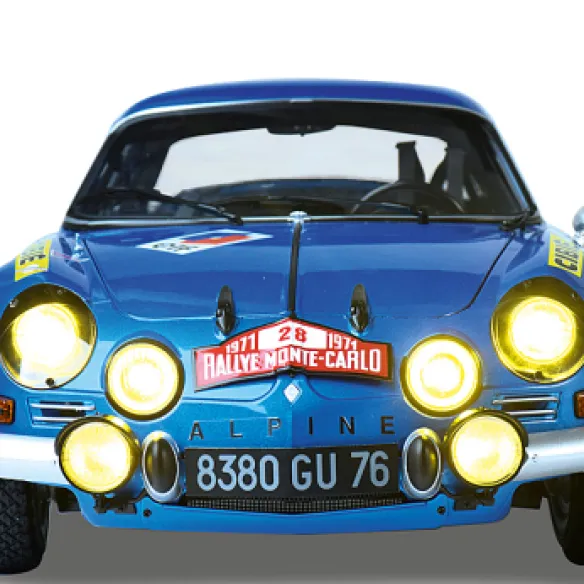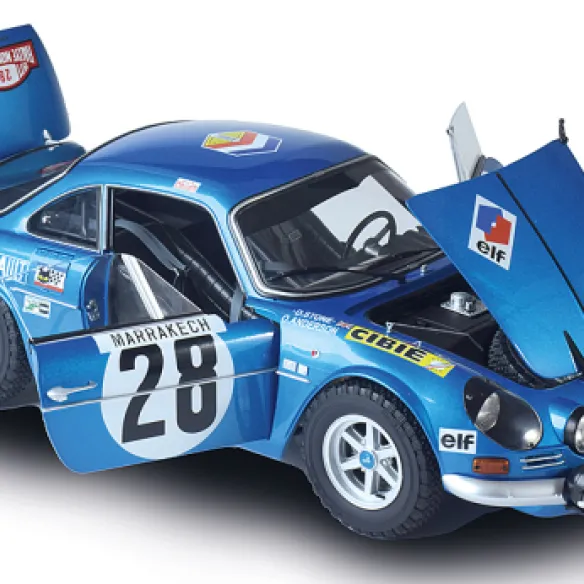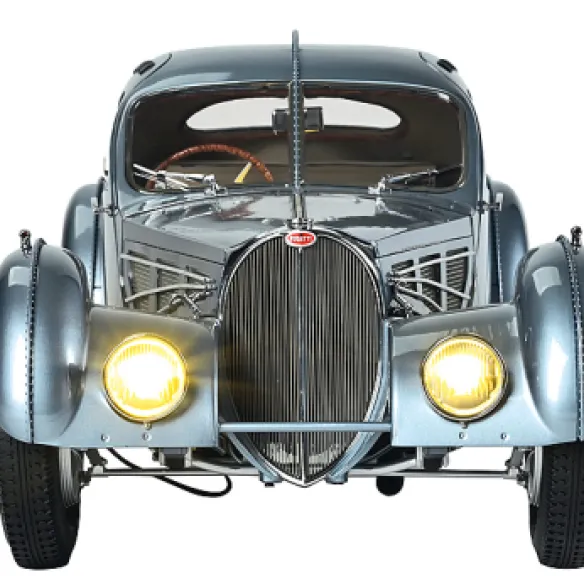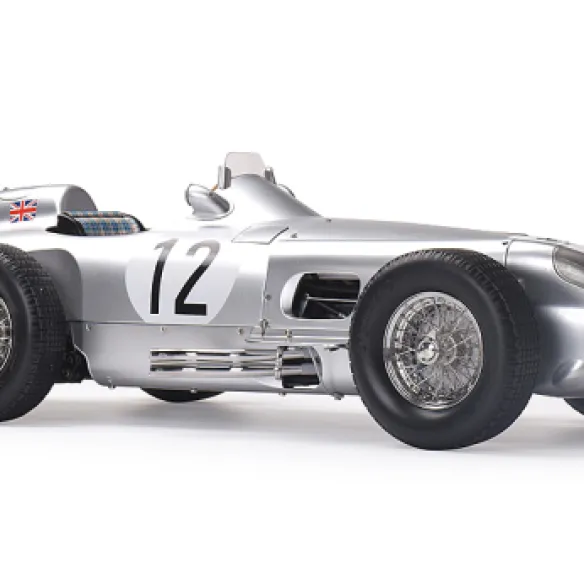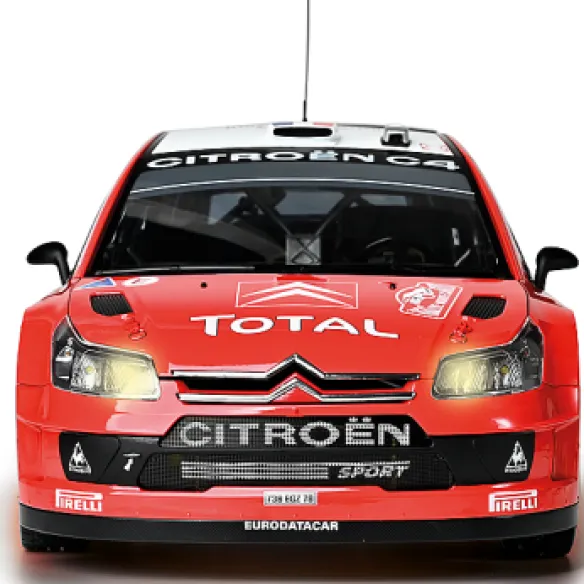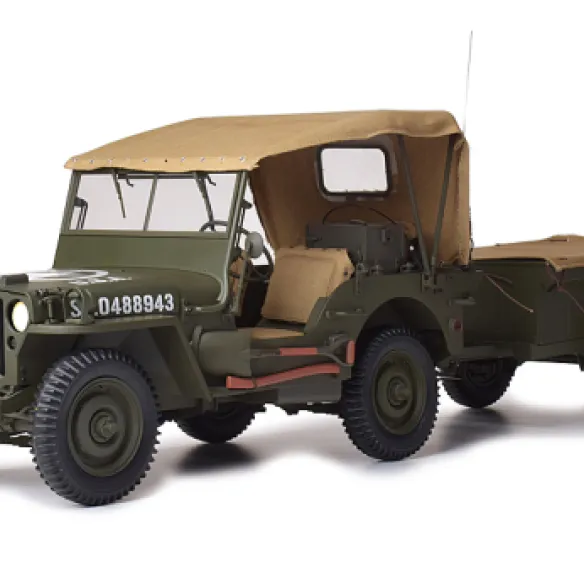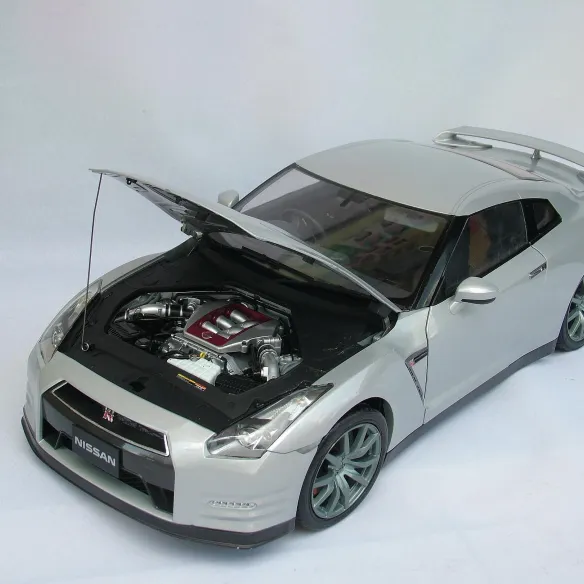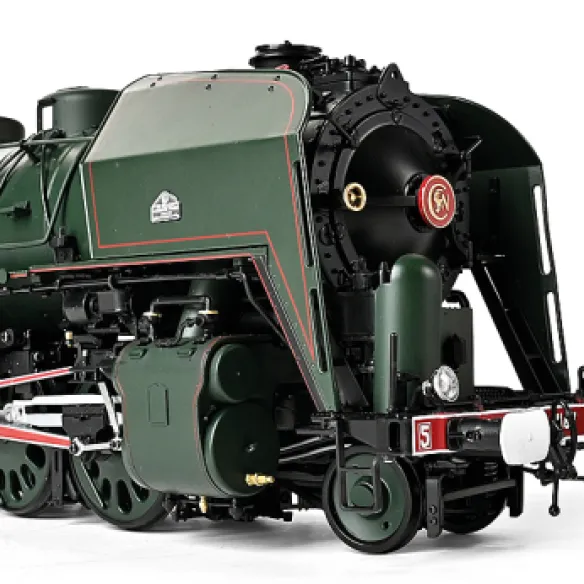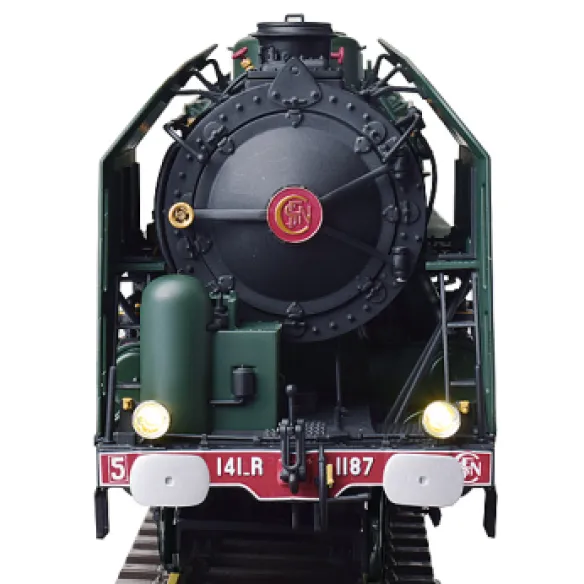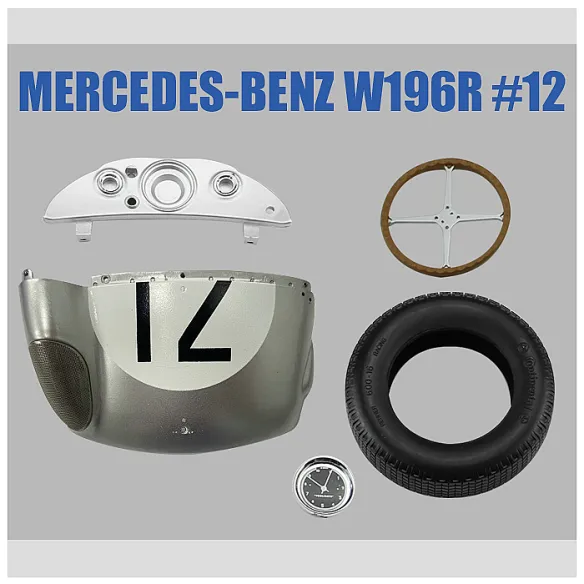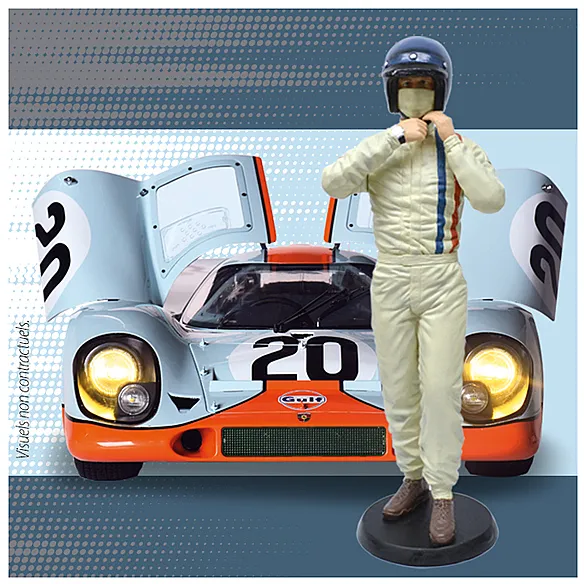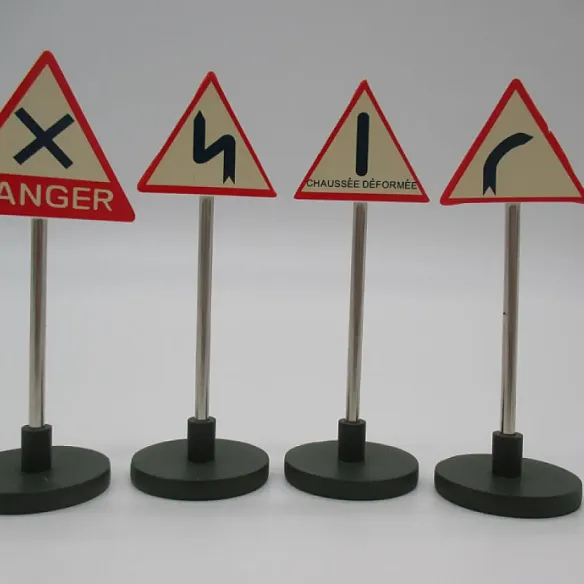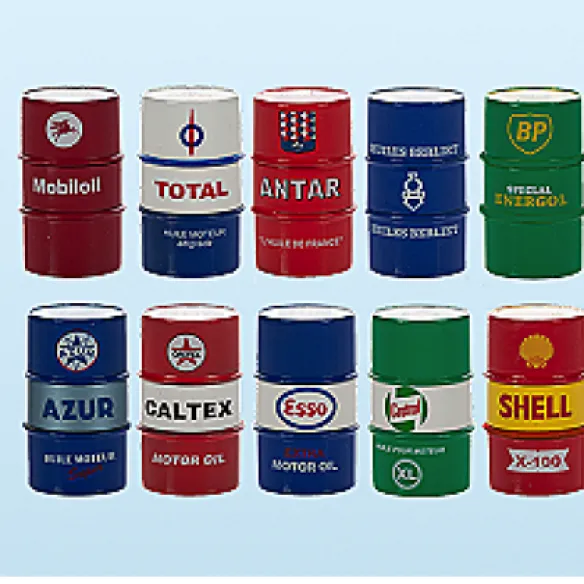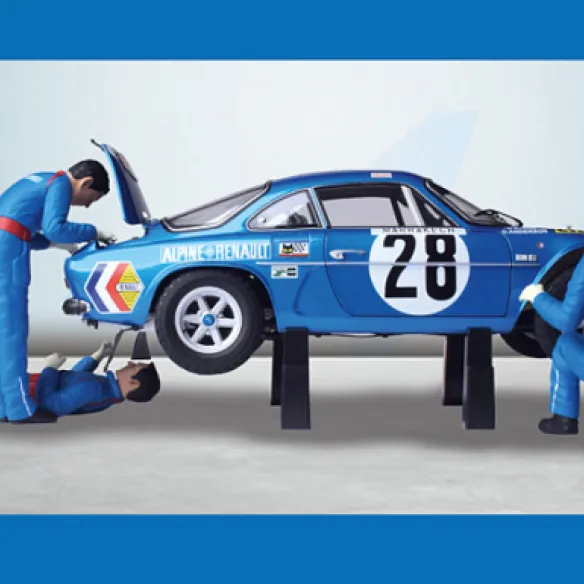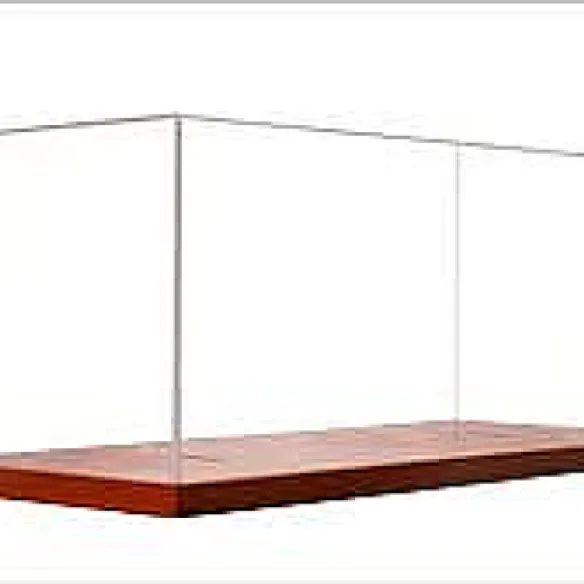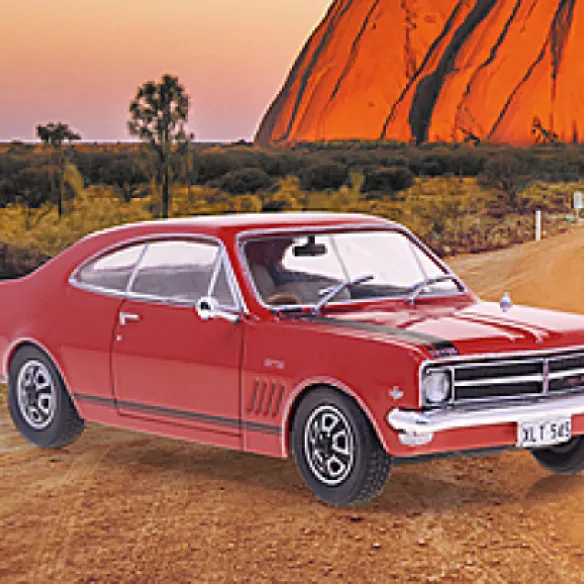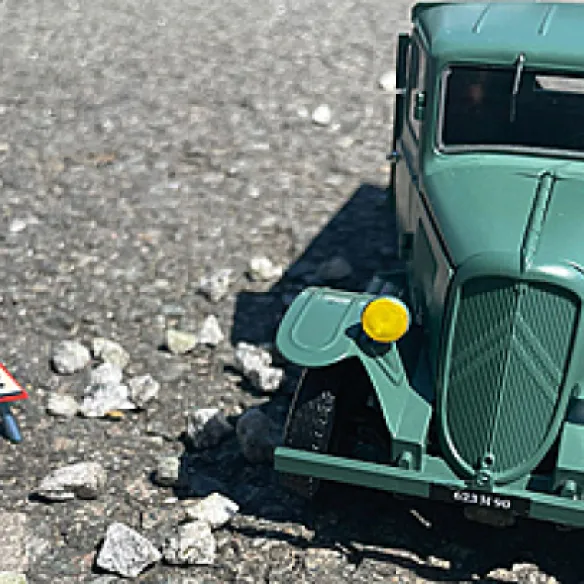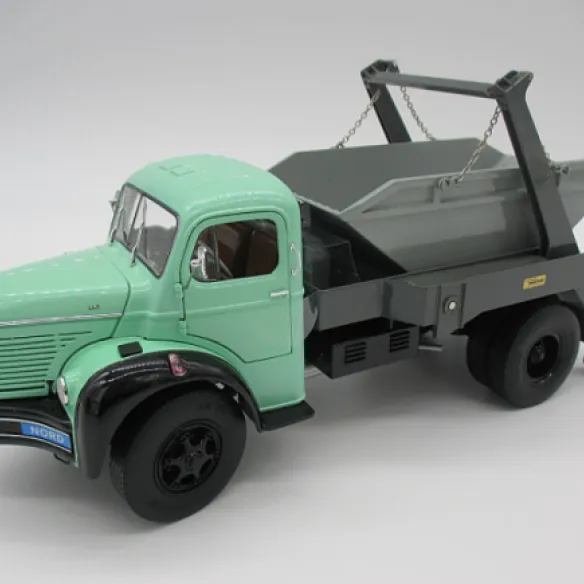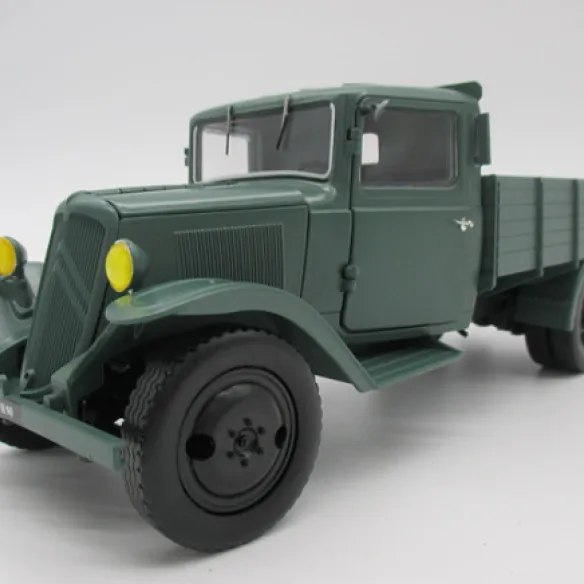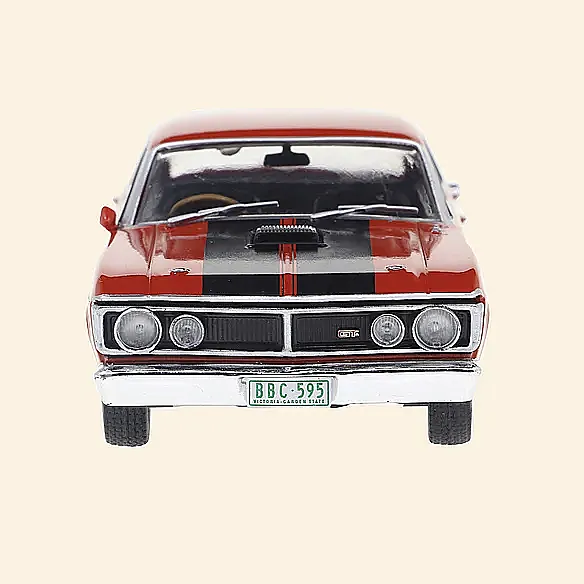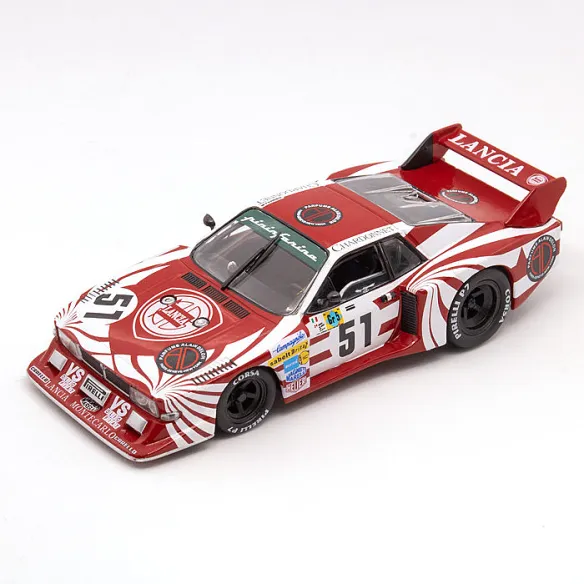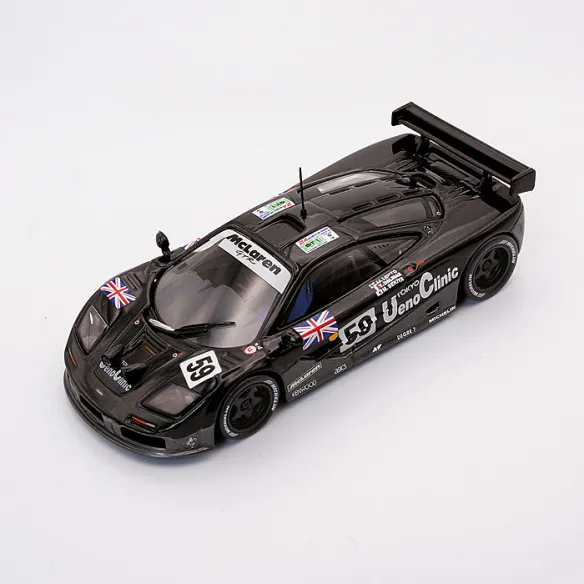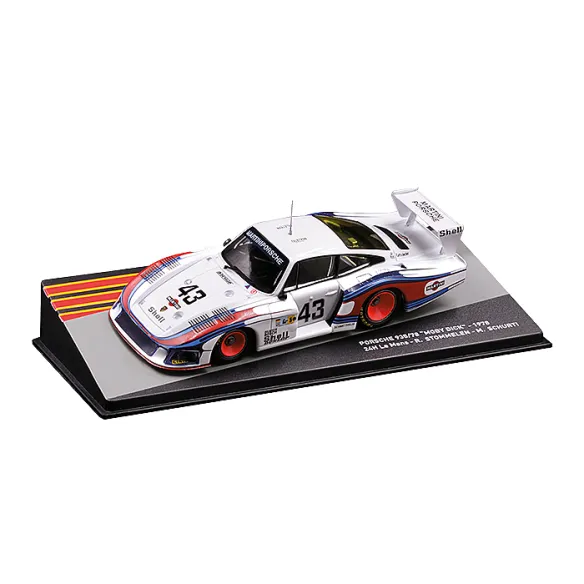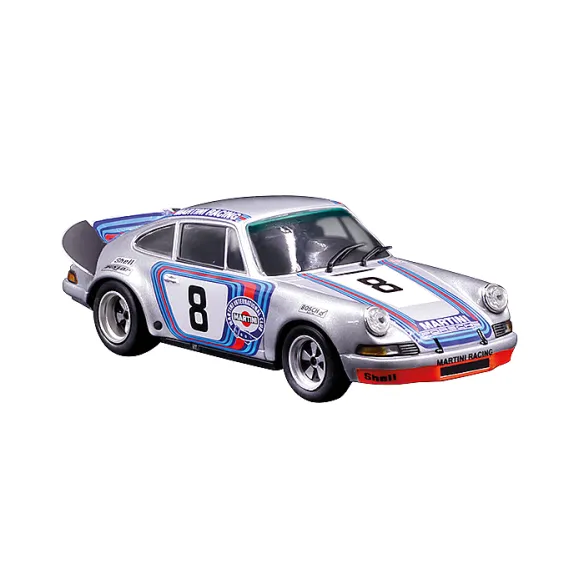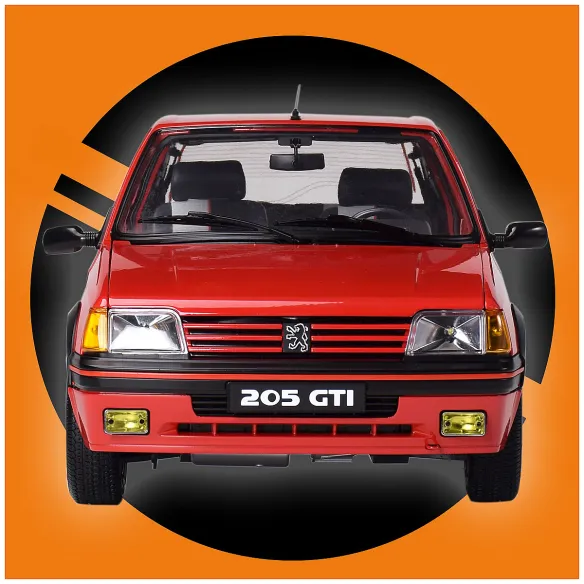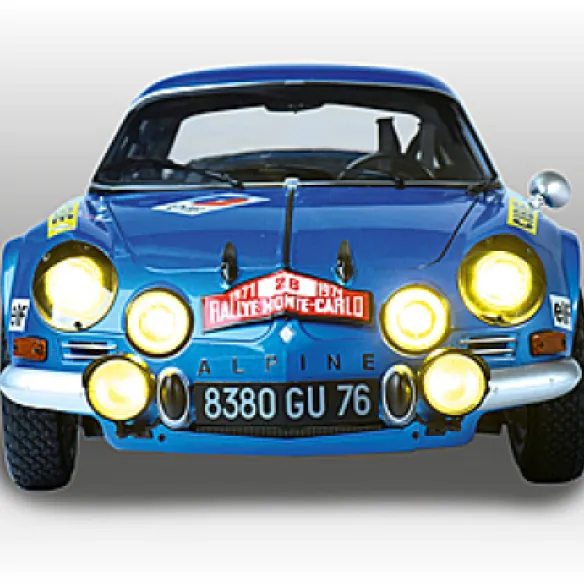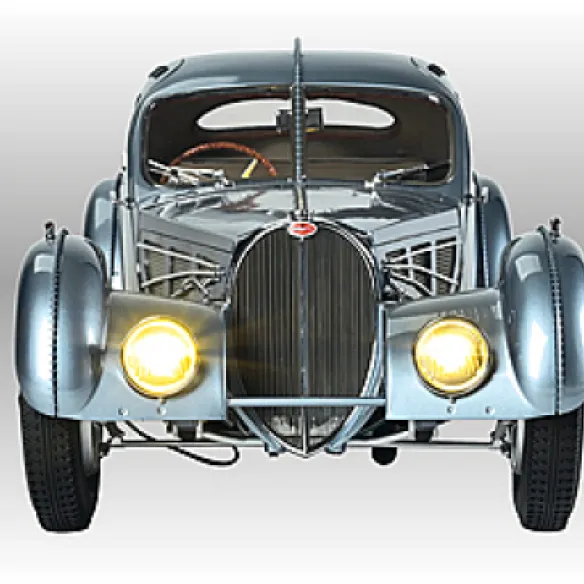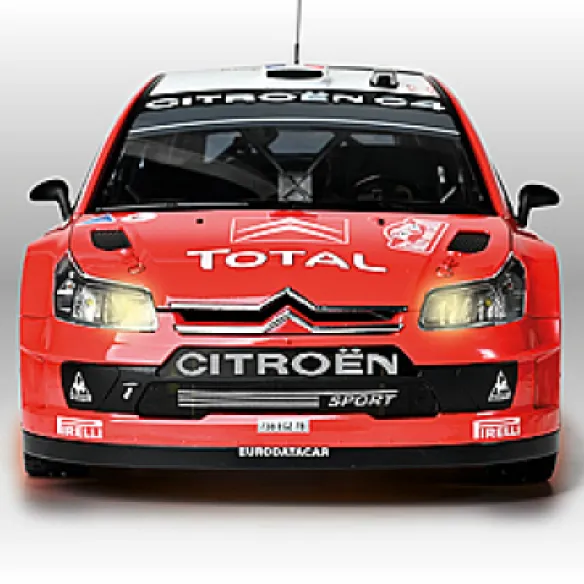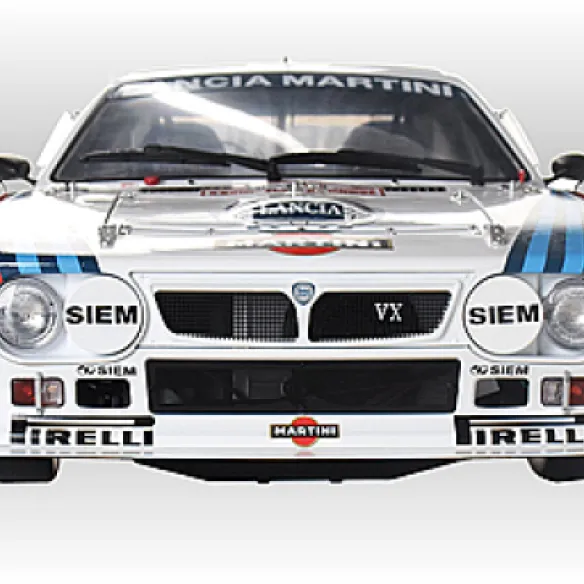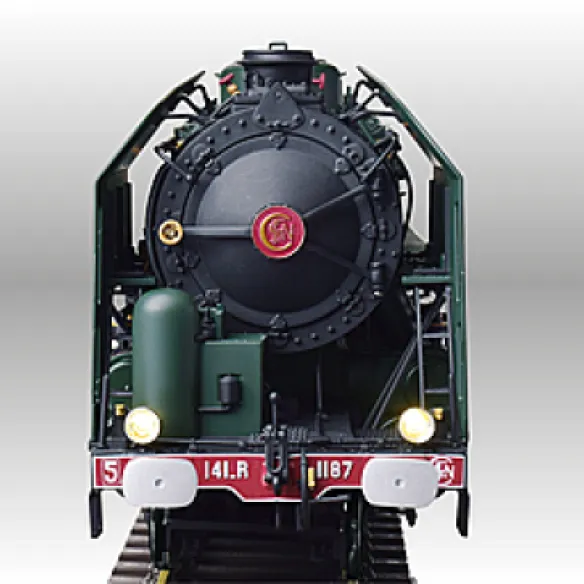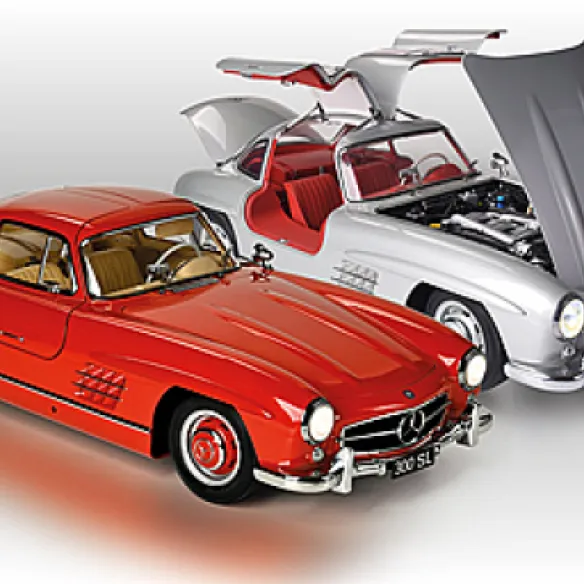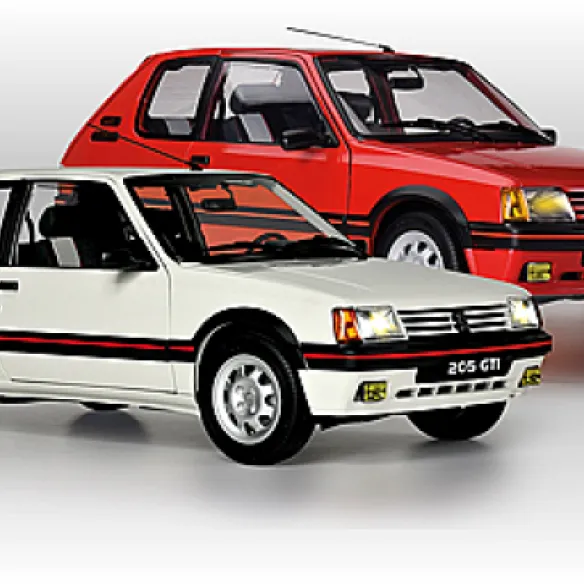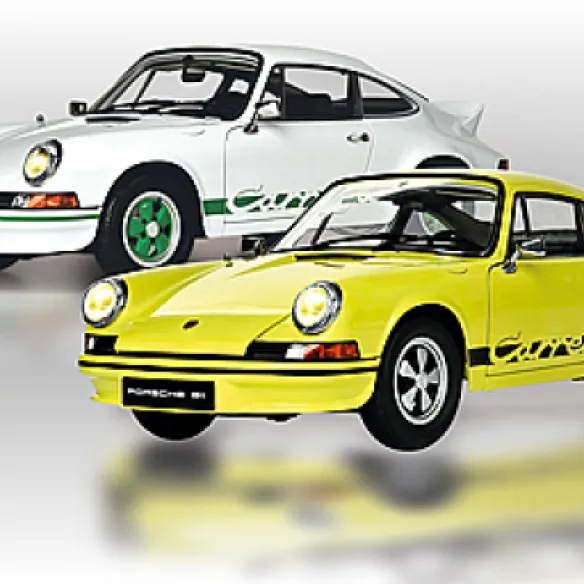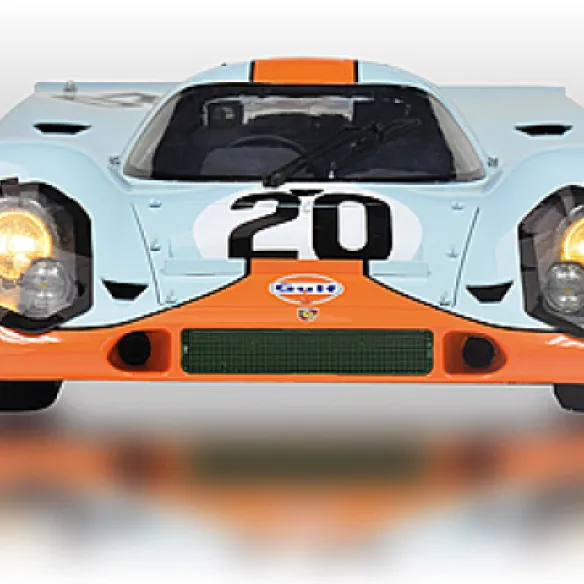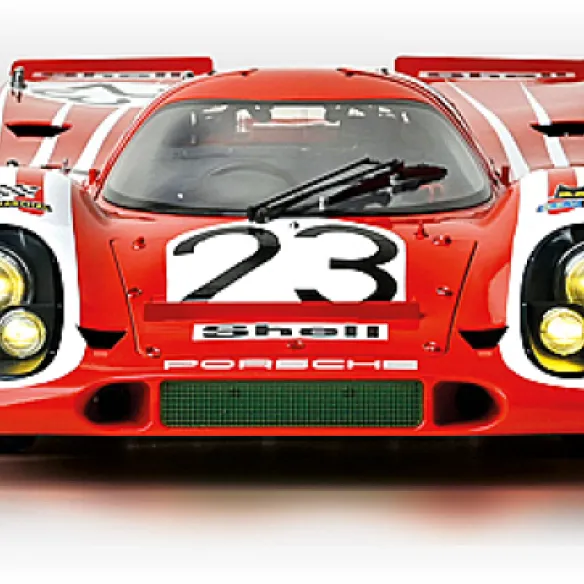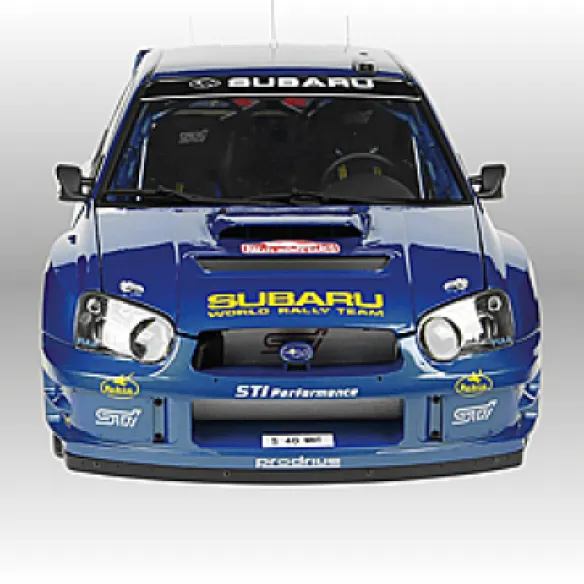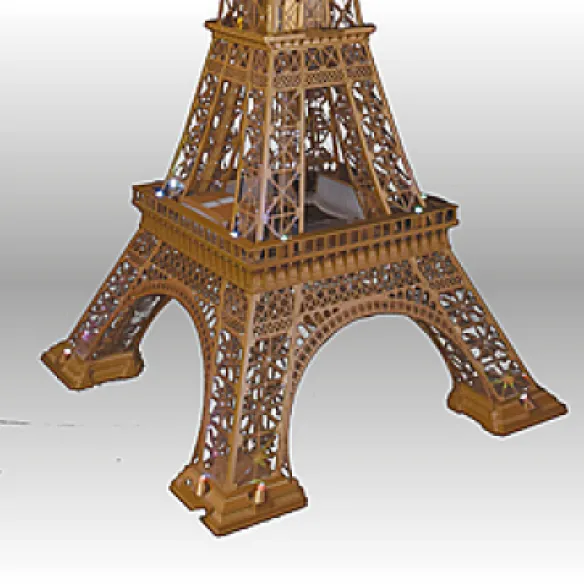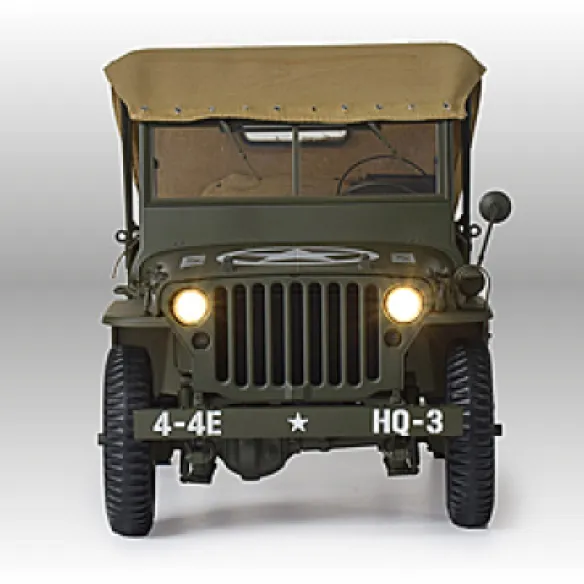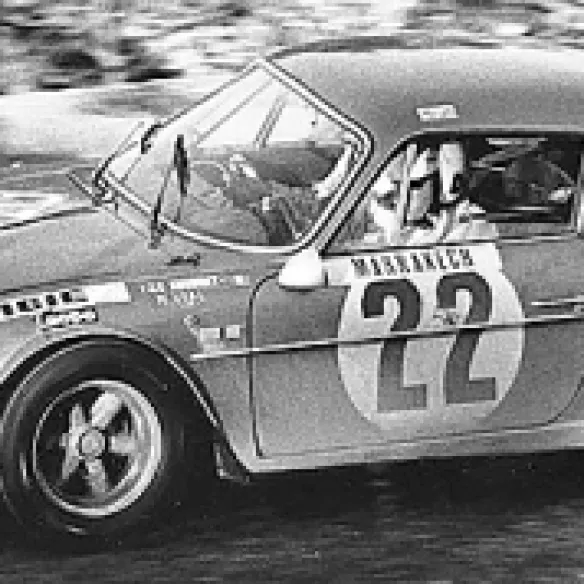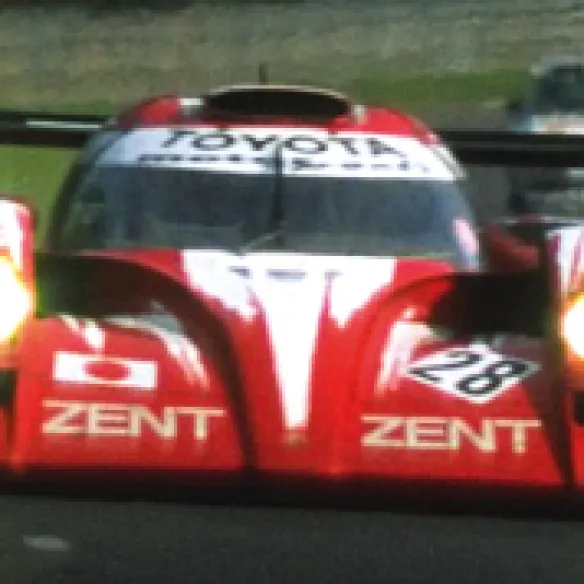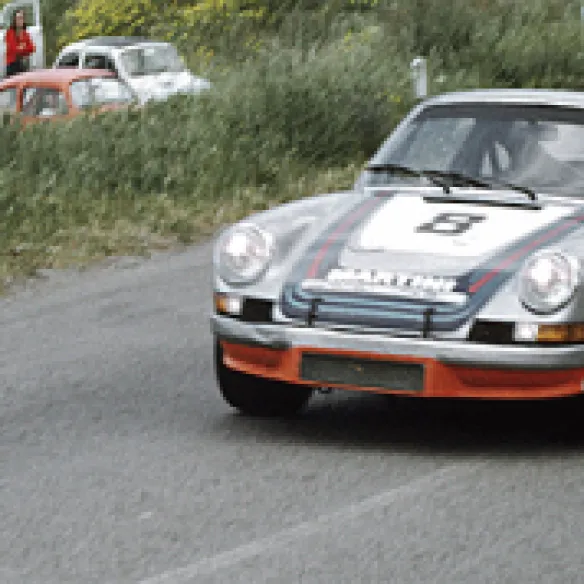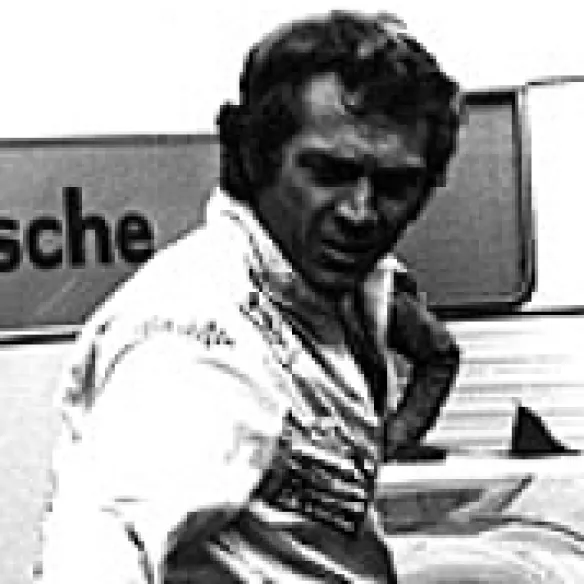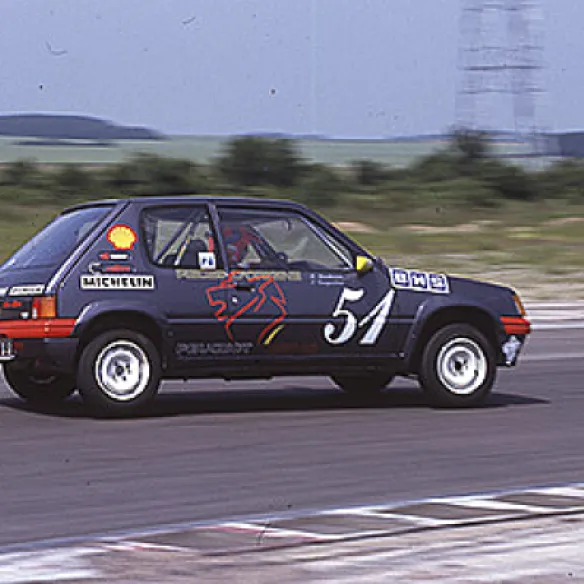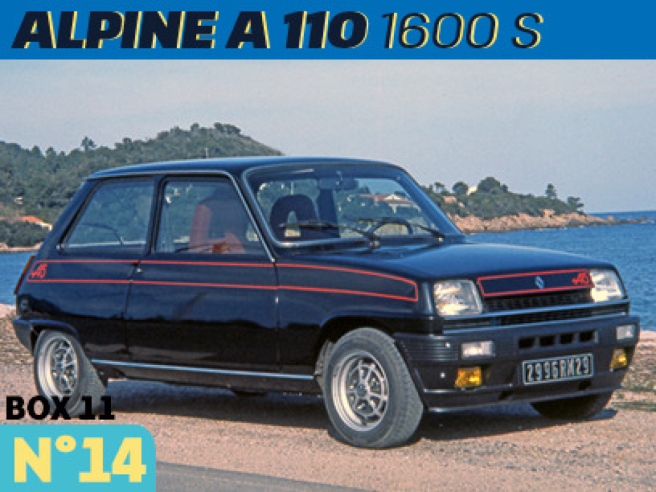
Introduced in March 1976, the sporty version of the Renault 5 followed in the footsteps of the Volkswagen Golf GTI, which had been launched six months earlier, creating a new category of small, muscular compact saloon cars that were to appeal to a whole generation of amateur drivers. In this sense, the R5 Alpine continued the tradition of the R8 and R12 Gordini, but with this model, Renault moved on and entrusted production to Alpine, which joined the Régie in 1972.
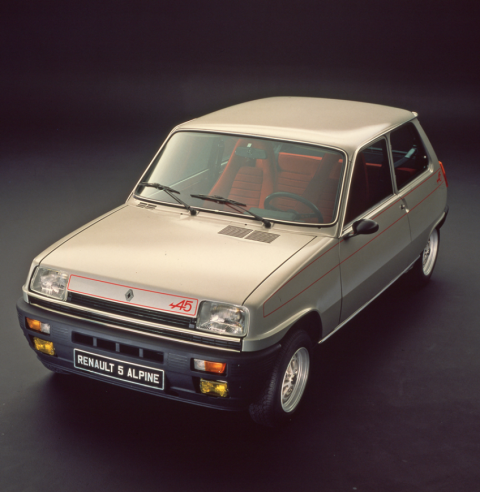
Until the launch of the Peugeot 205 GTI, the R5 Alpine would be the only French sports car able to compete with the Volkswagen Golf GTI.© IXO Collections SAS - Tous droits réservés. Crédits photo © Renault D.R.
The idea of Renault's management was to capitalise on the Alpine brand's sporting successes, in particular those of the A110 Berlinetta, which won the World Rally Championship in 1973, but also in endurance and single-seater racing. From then on, the brand's series production sports cars would bear the Alpine emblem, and would be produced at the Avenue de Bréauté site in Dieppe. The Renault 5 Alpine marked the start of this process, which was continued with the R5 Turbo in 1980.
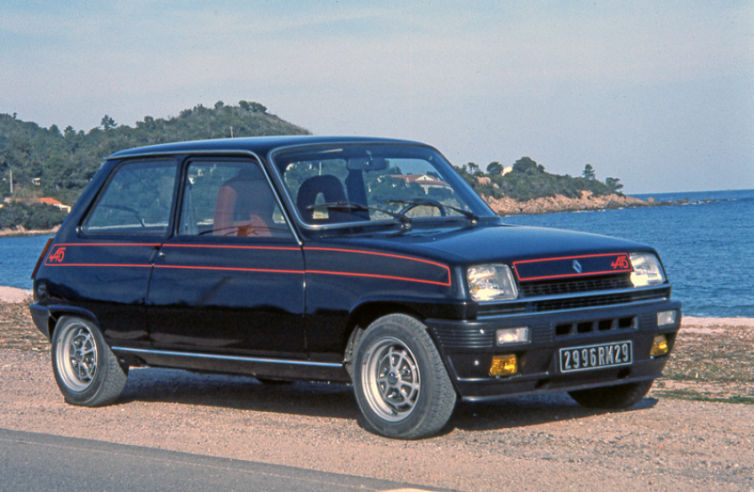
The front bumper with its fog lights and the red stripes and markings underline the sporty character of the R5 Alpine. © IXO Collections SAS - Tous droits réservés. Crédits photo © Renault D.R.
The city car becomes more muscular
Four years after the presentation of the R5 in 1972, the Régie decided to produce a more muscular version. With the 1974 model year, a Renault 5 LS version with 64 bhp was introduced, offering sufficient performance for the managers at Billancourt, such as Jean Terramorsi, the deputy product manager, to be inspired. Terramorsi was a keen motor racing fan and wanted to make Renault's involvement in competition more consistent. This led to the creation of Renault Sport and, among other things, the use of the brand's flagship model, the R5, in several disciplines. Initially, plans were made to install a 1,600 cm3 engine in the small city car, but due to a lack of space, the project never came to fruition. At the same time, a study was launched by members of Alpine's after-sales service at Dieppe under the supervision of Dominique Guérin. The idea was to start with a R5 TS that could run at 150 km/h and to prepare the car so that it could reach 180 km/h!
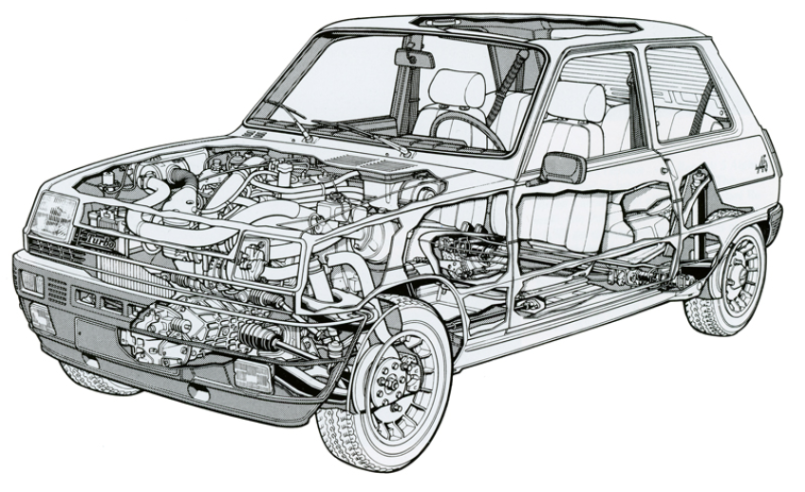
This ghost view shows the layout of the engine, behind the front axle, with the gearbox positioned longitudinally in the front. © IXO Collections SAS - Tous droits réservés. Crédits photo © Renault D.R.
Manufactured in Dieppe
The adoption of the Renault 16 TX engine allowed the conception of what was to become the Renault 5 Alpine (Type Mines R 1223), which was launched in March 1976. The Renault 5 Alpine was assembled at the Alpine factory in Dieppe, where the bodywork arrived from the Flins plant to receive the mechanical components and equipment specific to this model.
The undercarriages from the R5 TS had been modified to make them more responsive, resulting in a car 40 mm lower than a basic Renault 5. The bodywork was strengthened at the front wings and rear wheel arches. Externally, the R5 Alpine had all the accessories of a sports car, such as the front bumper with fog lights, the Vitalino California mirrors and the Fergat sheet steel rims, which were replaced by "bobine" type rims from 1977 onwards. Finally, this model was instantly recognisable thanks to the red stripes running along the beltline and the front of the bonnet, and the famous arrowed A associated with the number 5 on all four sides of the bodywork.
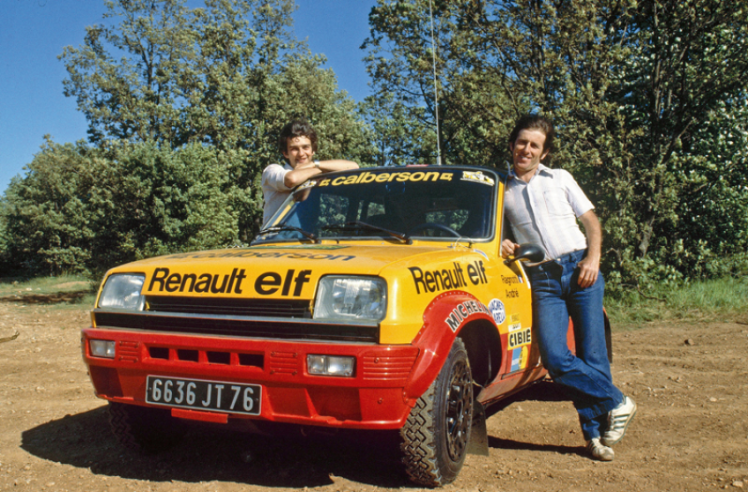
The R5 Alpine would prove to be a formidable racing machine on circuits and in rallies, as in this case at the 1978 Mille Pistes, where Jean Ragnotti and Jean-Marc Andrié finished 11th. © IXO Collections SAS - Tous droits réservés. Crédits photo © Renault / D.R.
Fresh impetus
The selected engine was the venerable cast-iron Cléon, with a displacement of 1,397 cm3 and a power delivery of 93 bhp DIN at 6,450 rpm, with a maximum torque of 11.65 mkg at 4,000 rpm. The cast-iron block featured a five-bearing crankshaft. The engine was topped by an aluminium alloy cylinder head with hemispherical cross-flow chambers of the Cross-flow type (inherited from the Renault 8 Gordini) with intake on one side and exhaust on the other. The 5-speed gearbox also came from the R16 TX. In September 1981, the Renault 5 Alpine was replaced by an even more powerful version, the R5 Alpine Turbo. As its name implies, the 1,397cc engine was fitted with a Garrett T3 water-cooled turbocharger that boosted power to 110bhp DIN at 6,000rpm, with maximum torque of 15.7mkg at 4,000rpm. Top speed was now 186 km/h, with a 400 m and 1,000 m from standstill achieved in 16"1 and 30"2 respectively. According to figures provided by, 55,942 Renault 5 Alpines were built between 1975 and 1981, plus 674 Coupe versions. As for the Renault 5 Alpine Turbo (renamed R5 Lauréate Turbo from April 1984), 23,425 were built between 1981 and 1984, plus 706 Coupe versions. Making a total production run of 80,747.La vitesse de pointe atteinte est maintenant de 186 km/h avec un 400 m et un 1 000 m départ arrêté réalisés respectivement en 16"1 et 30"2. Selon les chiffres fournis par le Service du Patrimoine Renault, la Renault 5 Alpine a été construite à 55 942 exemplaires de 1975 à 1981, plus 674 version Coupe. La Renault 5 Alpine Turbo (renommée R5 Lauréate Turbo à partir d’avril 1984) a, quant à elle, été construite à 23 425 exemplaires de 1981 à 1984, plus 706 version Coupe. Ce qui fait une production totale de 80 747 exemplaires.
The British version
Shortly after the launch of the Renault 5 Alpine on the French market, Renault United Kingdom Ltd launched the model in British dealerships. Naturally, this car was right-hand drive, but its name was changed to Renault Gordini. The reason for this was that the Alpine name had in fact been registered in 1953 by the British manufacturer Sunbeam for its range of convertibles, two years before Jean Rédélé created the Alpine brand. After PSA bought out the Roots group, owner of Sunbeam, in the mid-1970s, the Peugeot-Talbot UK subsidiary prohibited Renault from using the Alpine name in the UK. Externally, the British model was distinguished by a Gordini emblem on the front grille and G5 on the rear wing instead of the standard A5 of the French equivalent. The powertrain is largely the same, except that an EGR system was added to comply with anti-pollution standards.
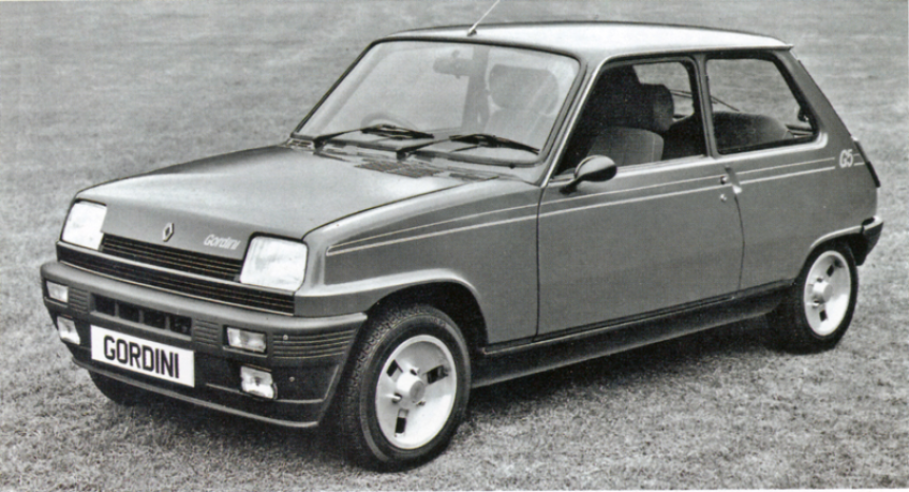
Externally, the British version of the Renault 5 Alpine is distinguished by "Gordini" branding and by a different double line along the bodywork.© IXO Collections SAS - Tous droits réservés. Crédits photo © Renault D.R. / Archives et Collections
The successor
Production of the Renault 5 Alpine Turbo ceased in July 1984, and the Renault Supercinq was presented at the Paris Motor Show that same year. In March 1985, a GT Turbo version was presented as the Renault 5 Alpine Turbo's direct successor. The Renault 5 GT Turbo was powered by the same 1,397cc engine, which now developed 115 bhp at 5,750 rpm (5 bhp more than the previous version) thanks to the installation of a Garrett T2 turbocharger. For several years, this car was the direct competitor of the Peugeot 205 GTI, launched the previous year. In 1987, the GT Turbo Phase 2 was introduced, powered by a 120 bhp engine, and 2000 of these were produced in 1989 at the Renault factory in Vilvoorde, Belgium, in a limited edition "Alain Oreille" (Renault Group A driver). Production of the R5 GT Turbo ceased in 1991 after 162,253 units had been produced for all versions.
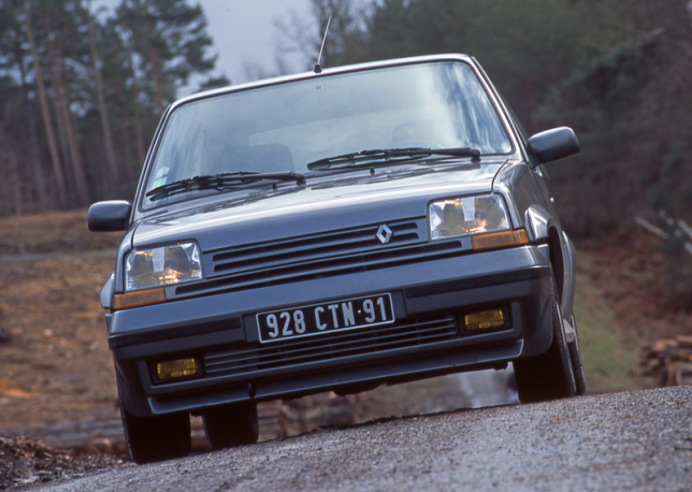
The Renault 5 GT Turbo Phase 2 appeared in 1987 with a new grille and new wheels. Production did not take place in Dieppe, but at the Flins factory.© IXO Collections SAS - Tous droits réservés. Crédits photo © Renault D.R. / Archives et Collections
Praise from the press
The arrival of the Renault 5 Alpine was welcomed unanimously, such was the anticipation of a small sports car like the R8 Gordini or the Simca Rallye. In April 1976, Jean-Paul Thevenet carried out a full test of the car for L'Automobile, introducing it as follows: "In the eyes of young customers, Alpine is an enormous asset in terms of prestige. Today, with the Renault 5 as a starting point, we combine this history with a good amount of marketing, and the Régie has produced a quite astonishing cocktail, because, believe us, 170 kph at the wheel of a Renault 5 makes you want to tell the story". In Échappements the following August, Pierre Pagani wrote: "The R5 Alpine is fun to drive. It's lively, slightly understeering, and can still slide backwards if you want to...". Later, in the October 1981 issue of Sport Auto, José Rosinski explained: "The R5 Alpine equipped with a turbo is a different matter. The car is even more alive...". At the same time, in Échappements, Gilles Dupré described the car's grip as exhilarating, adding: "Both with the atmo and the turbo, the car's overall handling is good, but it is true that the driveability of the car quickly reaches its limits with downforce.
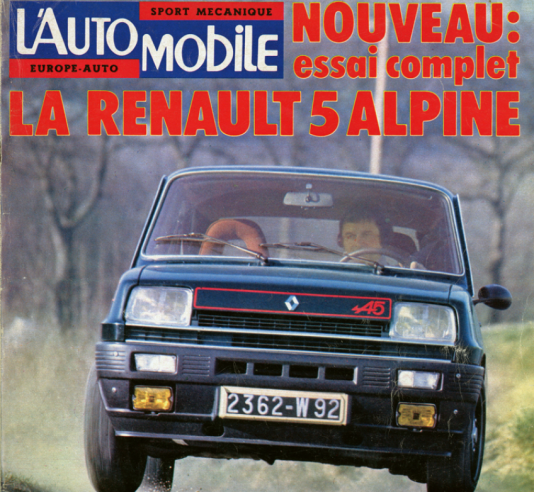
As soon as it was launched, the automotive journalists carried out a number of tests on the new Renault 5 Alpine phenomenon. © IXO Collections SAS - Tous droits réservés. Crédits photo © Renault D.R. / Archives et Collections
The Monte Carlo success story
In 1978, despite its preparations for the 24 Hours of Le Mans and its Formula 1 debut, Renault Sport decided that two official Renault 5 Alpines would take part in the 46th Monte Carlo Rally. It was expected that the cars would not be able to hold their ground against favourites such as the Fiat 131 Abarth, Lancia Stratos and Porsche Carrera 3 Litres, but against all the odds, the R5 Alpine cars were to cause a sensation. Over particularly snow-covered roads, the small cars in the Calberson livery pulled out all the stops, and by the end of the concentration run, they were leading the provisional classification. At the finish, Jean Ragnotti and Jean Marc Andrié (N° 19) finished 2nd overall and 1st in Group 2, ahead of Guy Fréquelin and Jean-Marc Andrié (N° 12), while the victory was taken by the Porsche Carrera of Jean-Pierre Nicolas and Vincent Laverne. At the following event in 1979, the R5 Alpine achieved an honourable 8th place in the general classification thanks to Guy Fréquelin and Jacques Delaval.
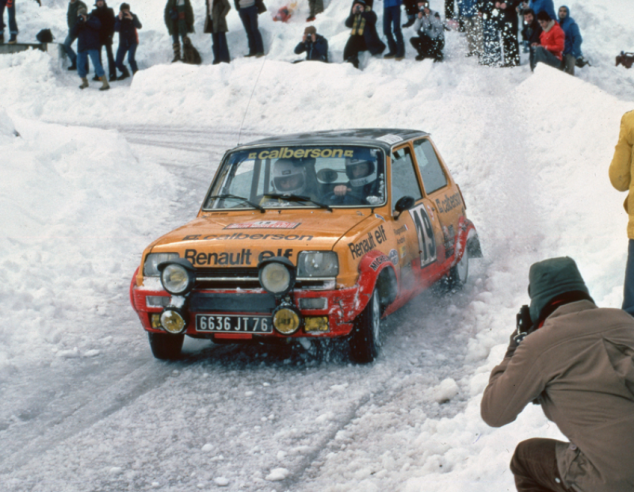
The Renault 5 Alpine in Group 2 (special touring cars), in this photo the model driven by Jean Ragnotti at the Monte Carlo Rally in 1978, was powered by a 1,398 cm3 engine developing 135 bhp. © IXO Collections SAS - Tous droits réservés. Crédits photo © Renault D.R. / Archives et Collections
Technical sheet
Recent articles
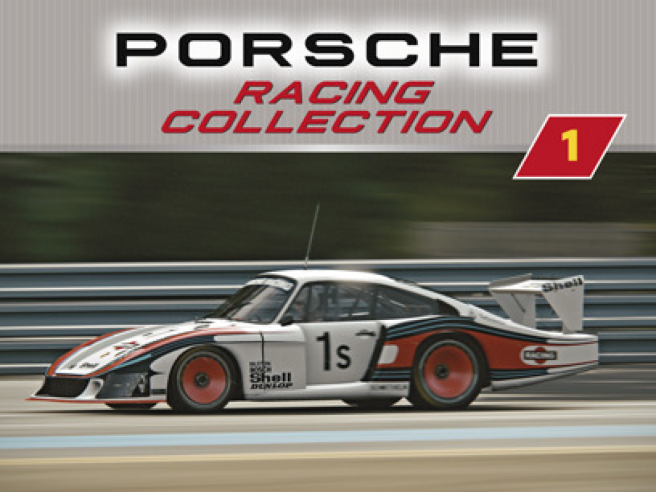
06/05/2024
PORSCHE 935/78 « Moby Dick »
Trois ans d’évolution pour arriver à 850 ch de puissance
Read more
05/05/2024
PORSCHE 911 CARRERA 2.8 RSR
A SINGLE MOTTO : REDUCE WEIGHT AND GET MORE HORSEPOWER FROM THE ENGINE
Read more
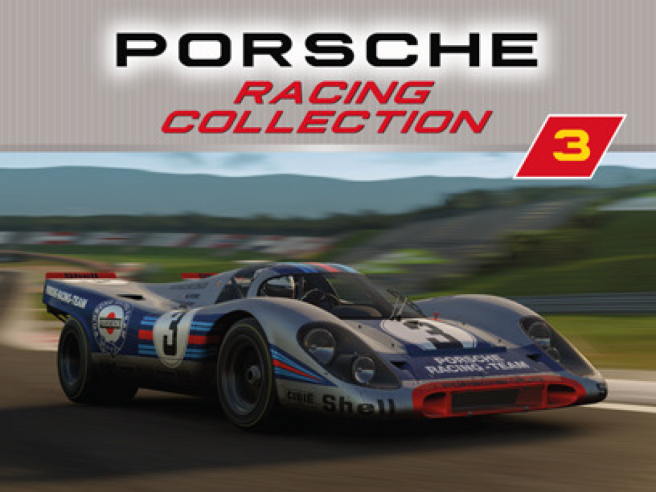
01/05/2024
PORSCHE 917 kH
The most refined engine never created by porsche
Read more


 English
English français
français Deutsch
Deutsch español
español italiano
italiano português
português